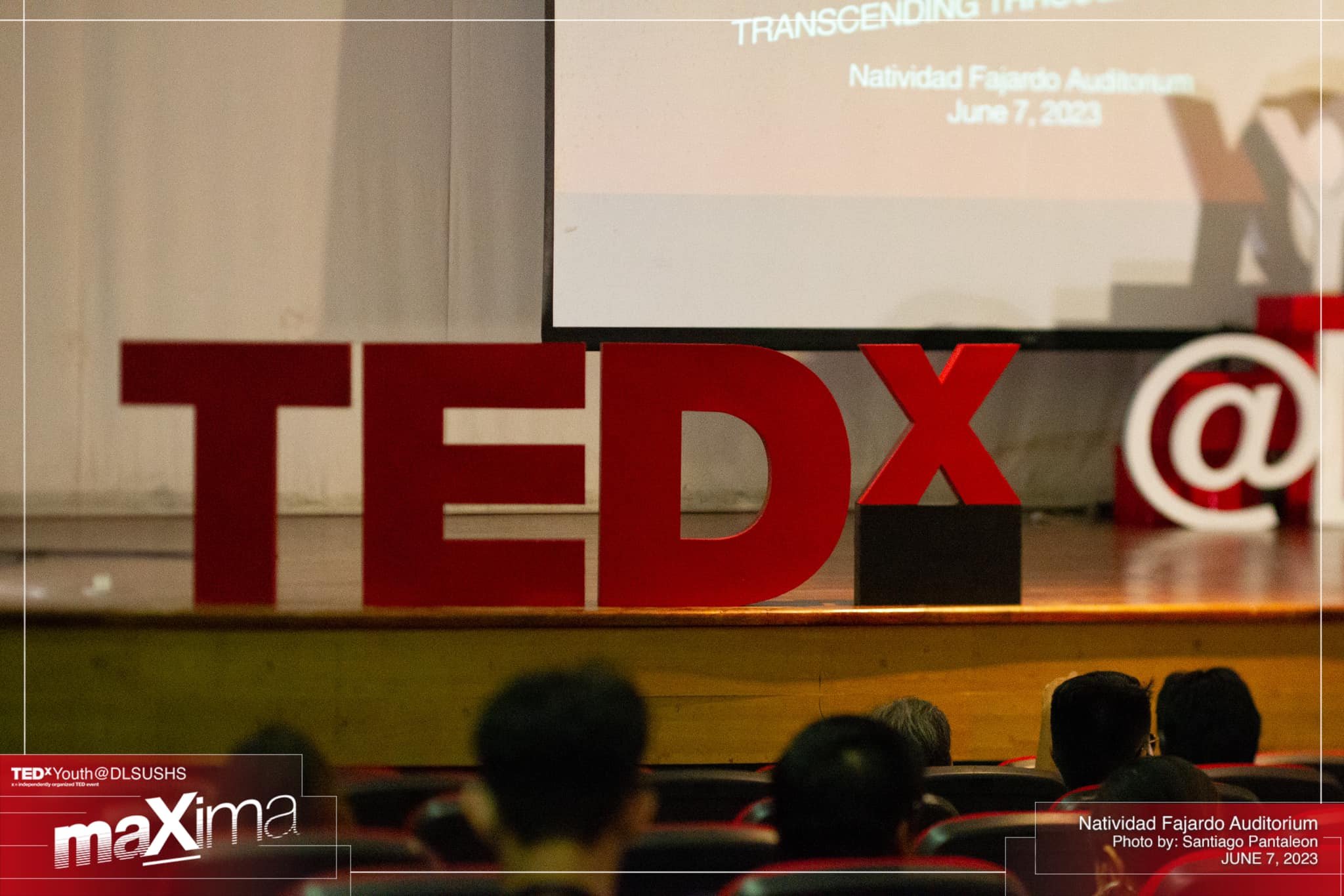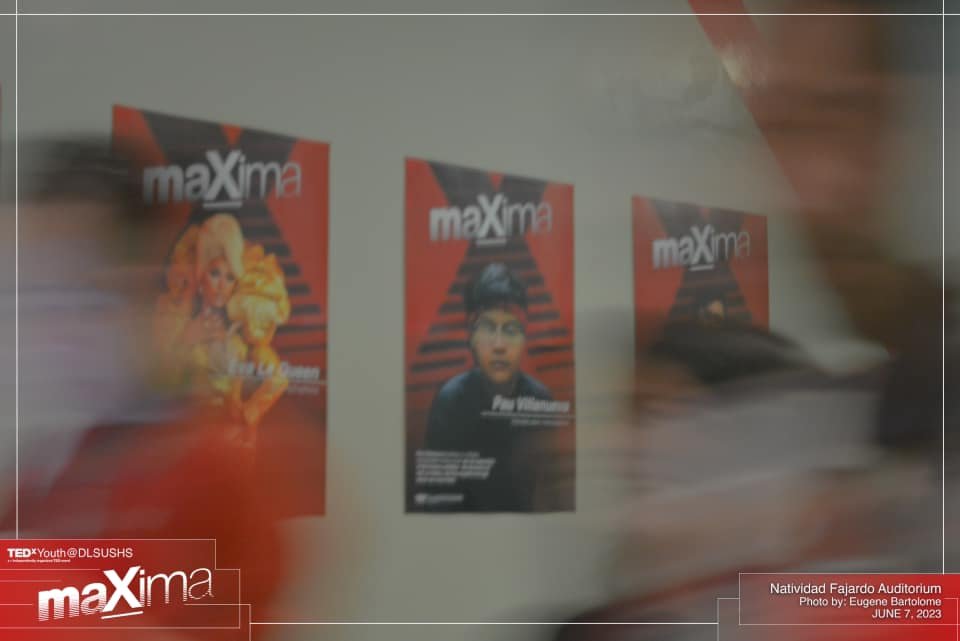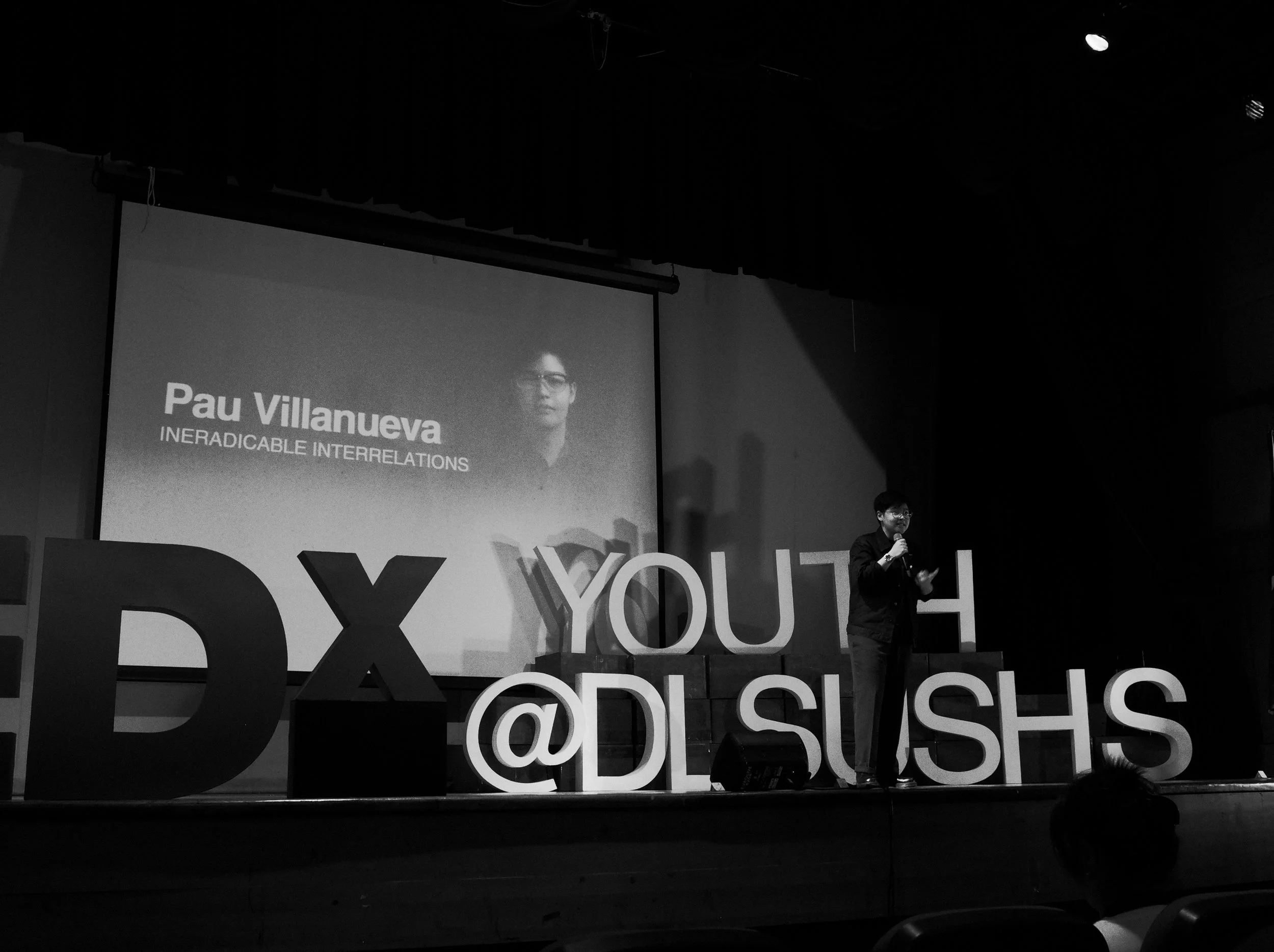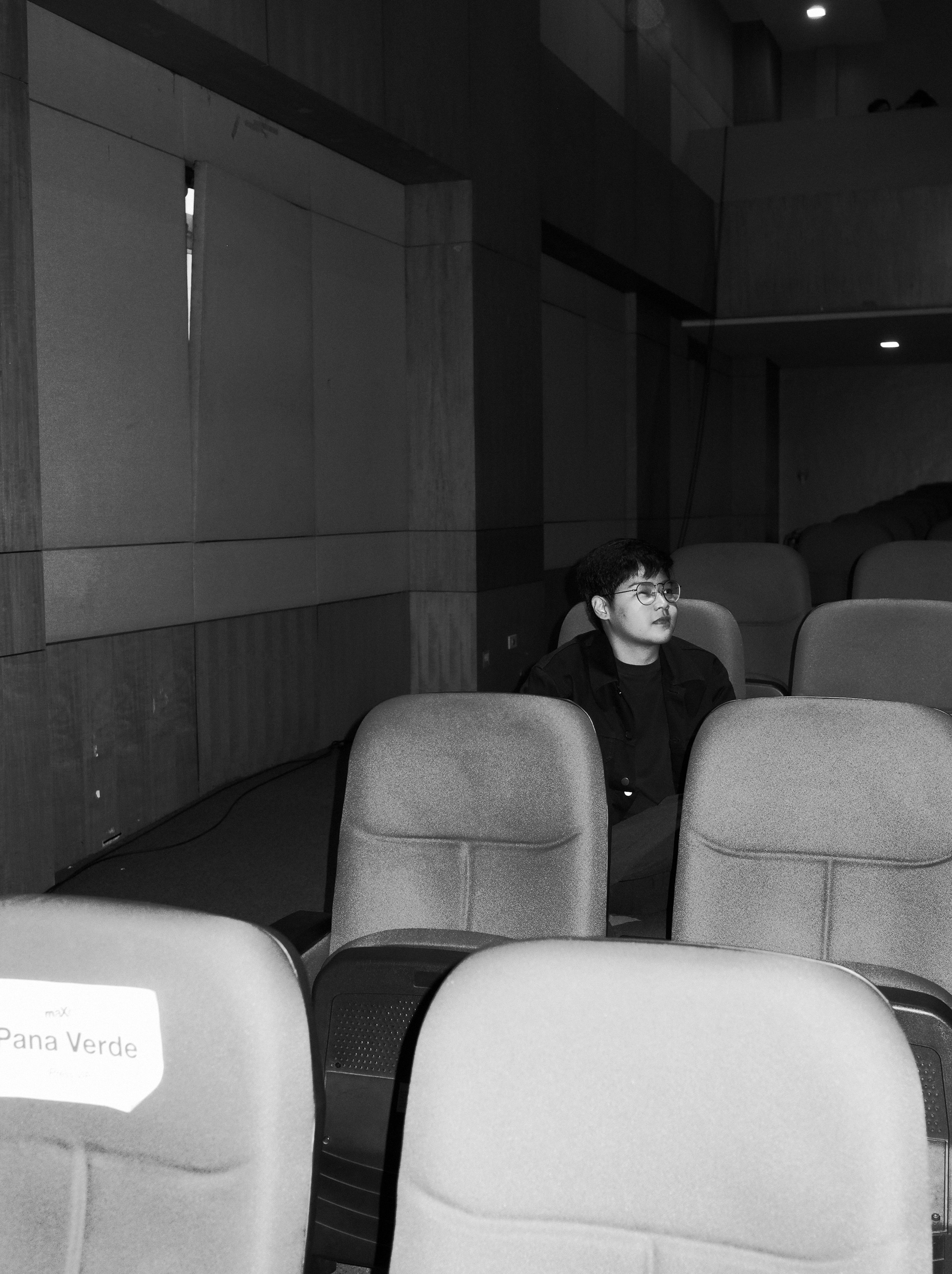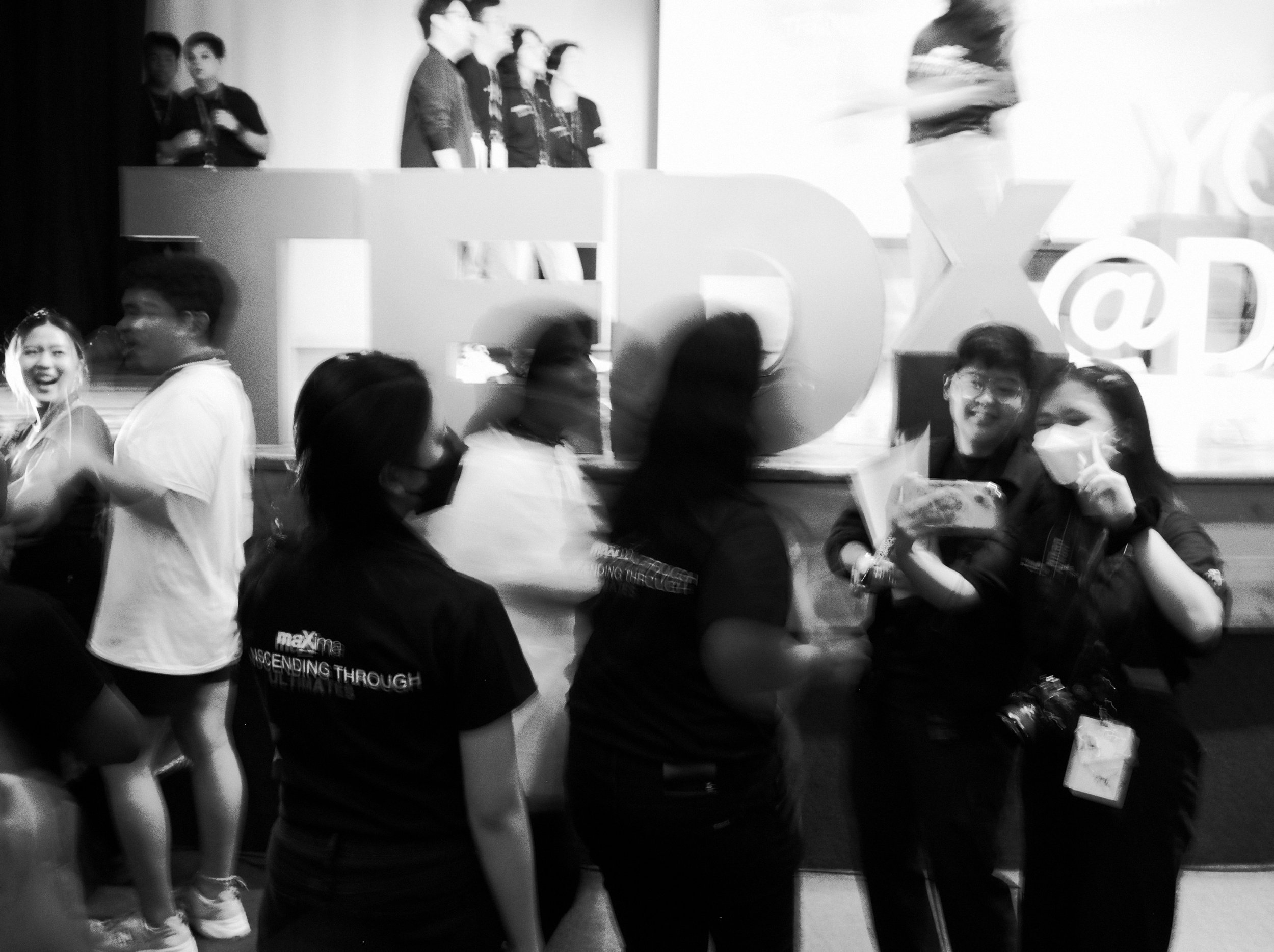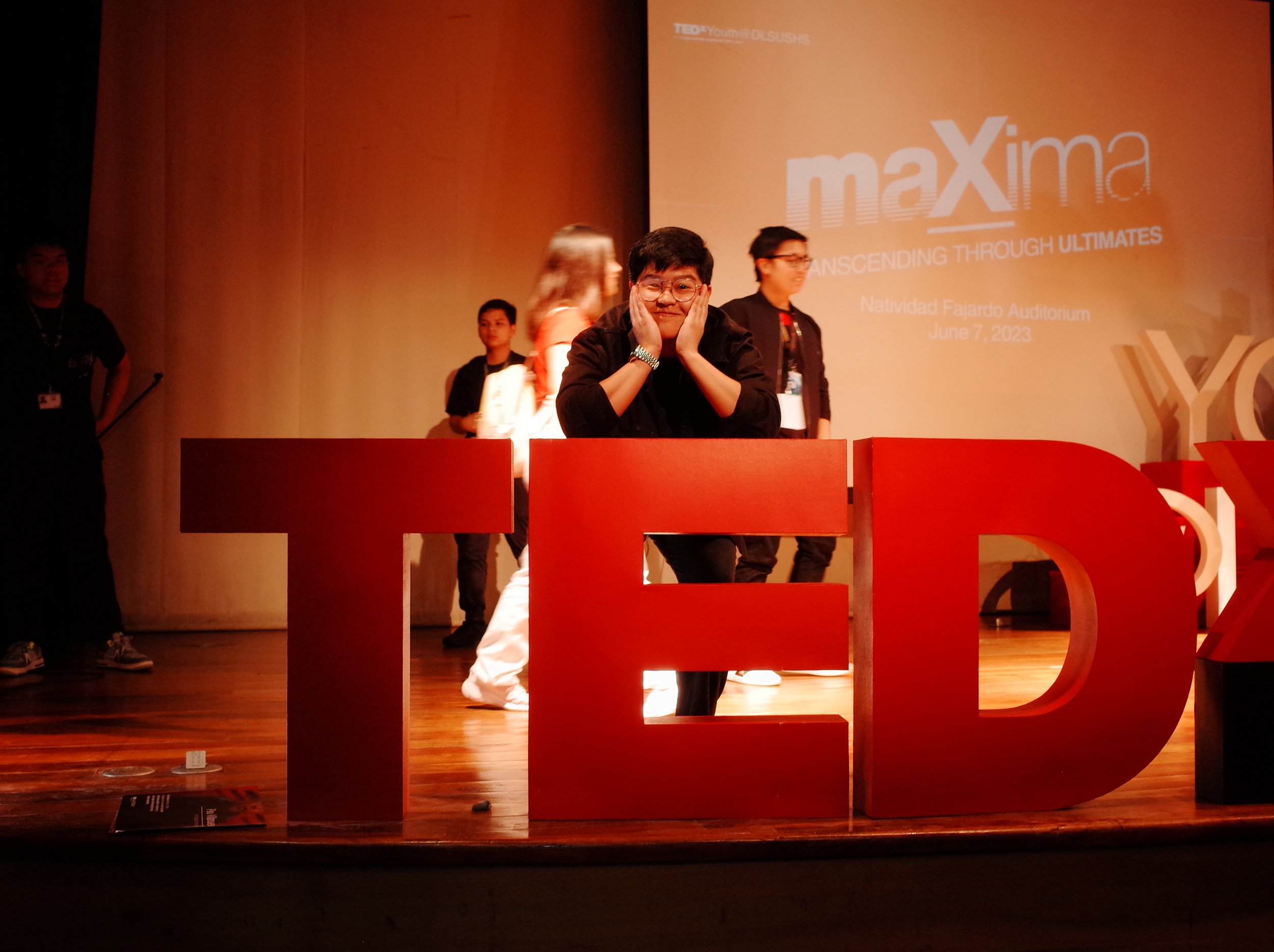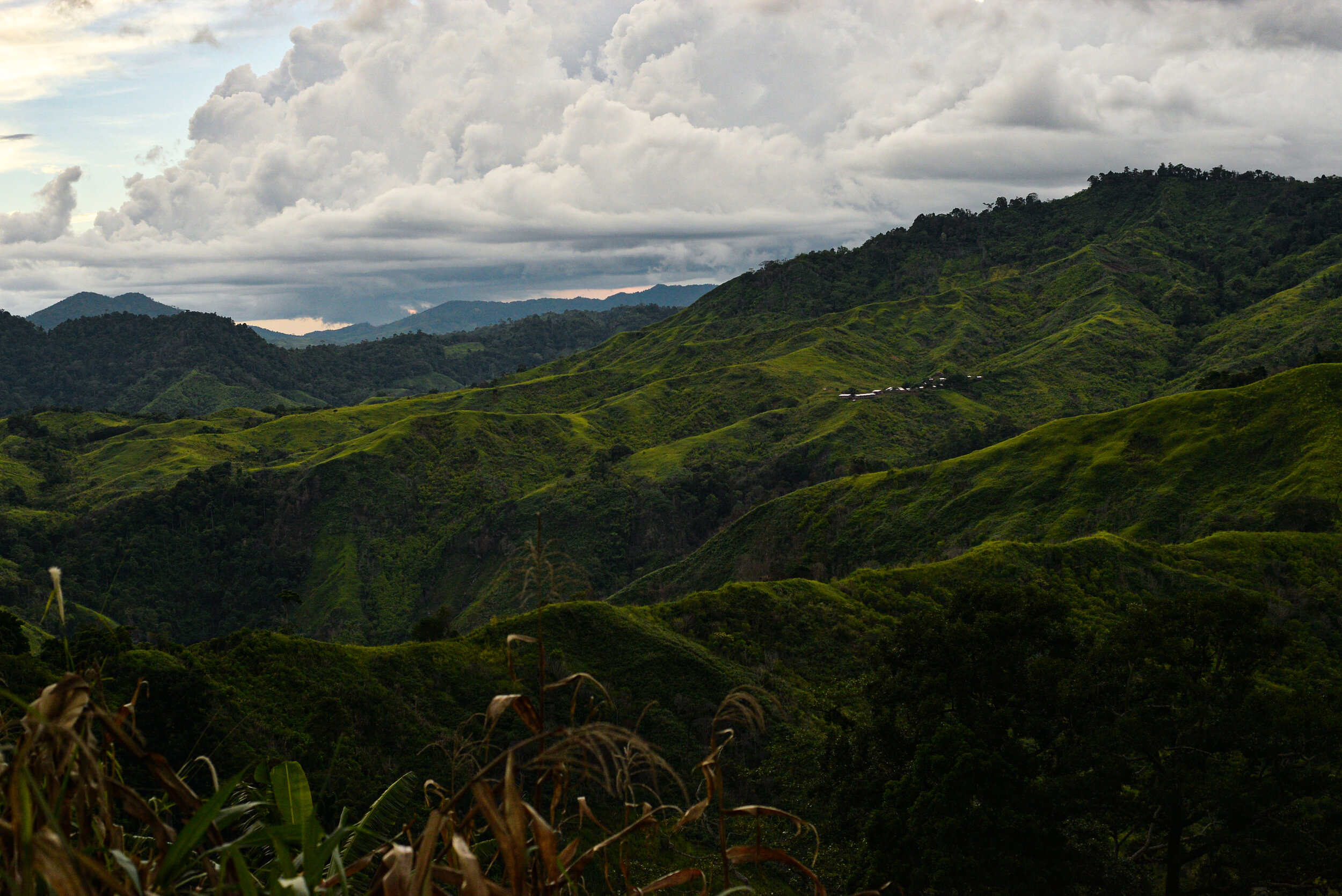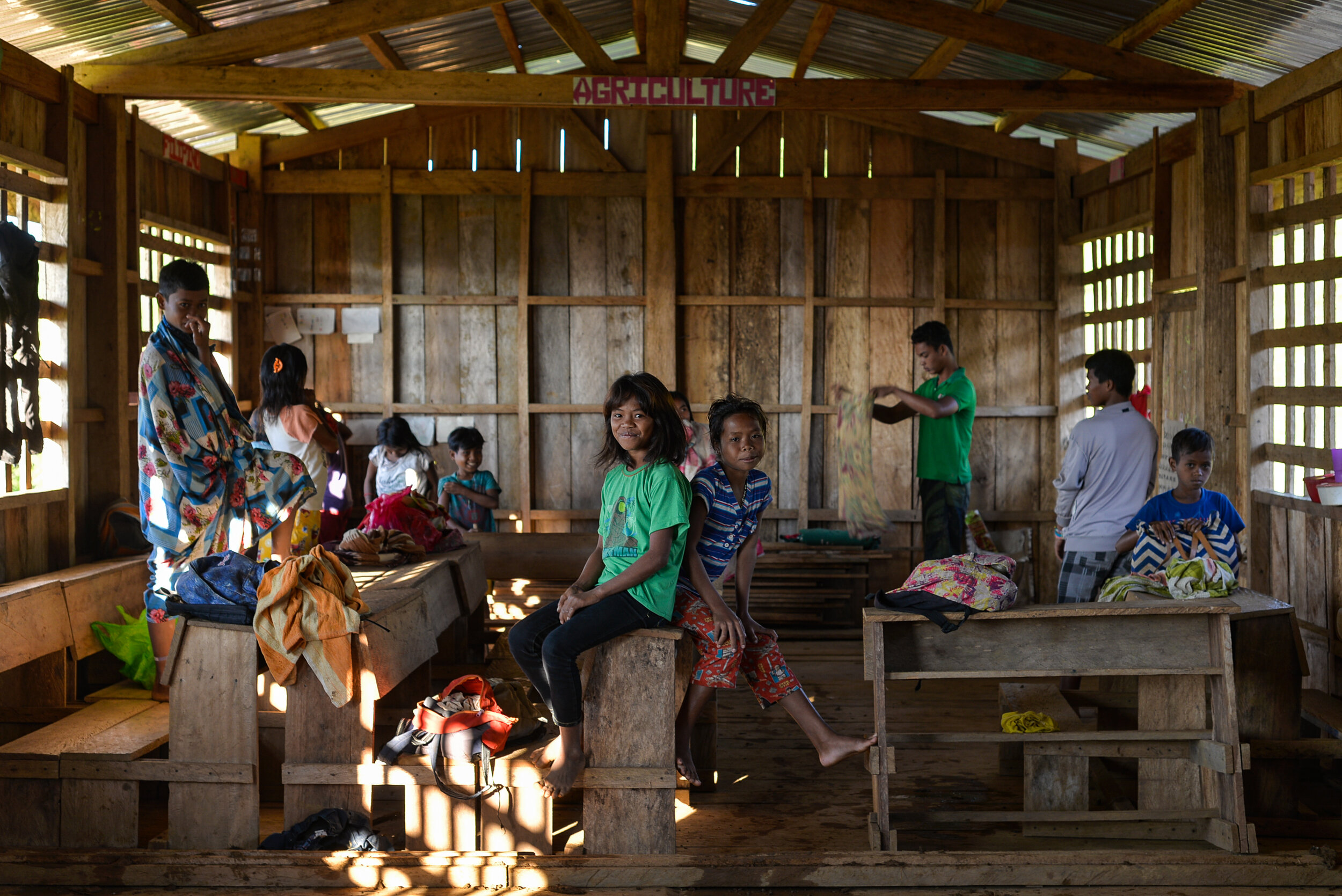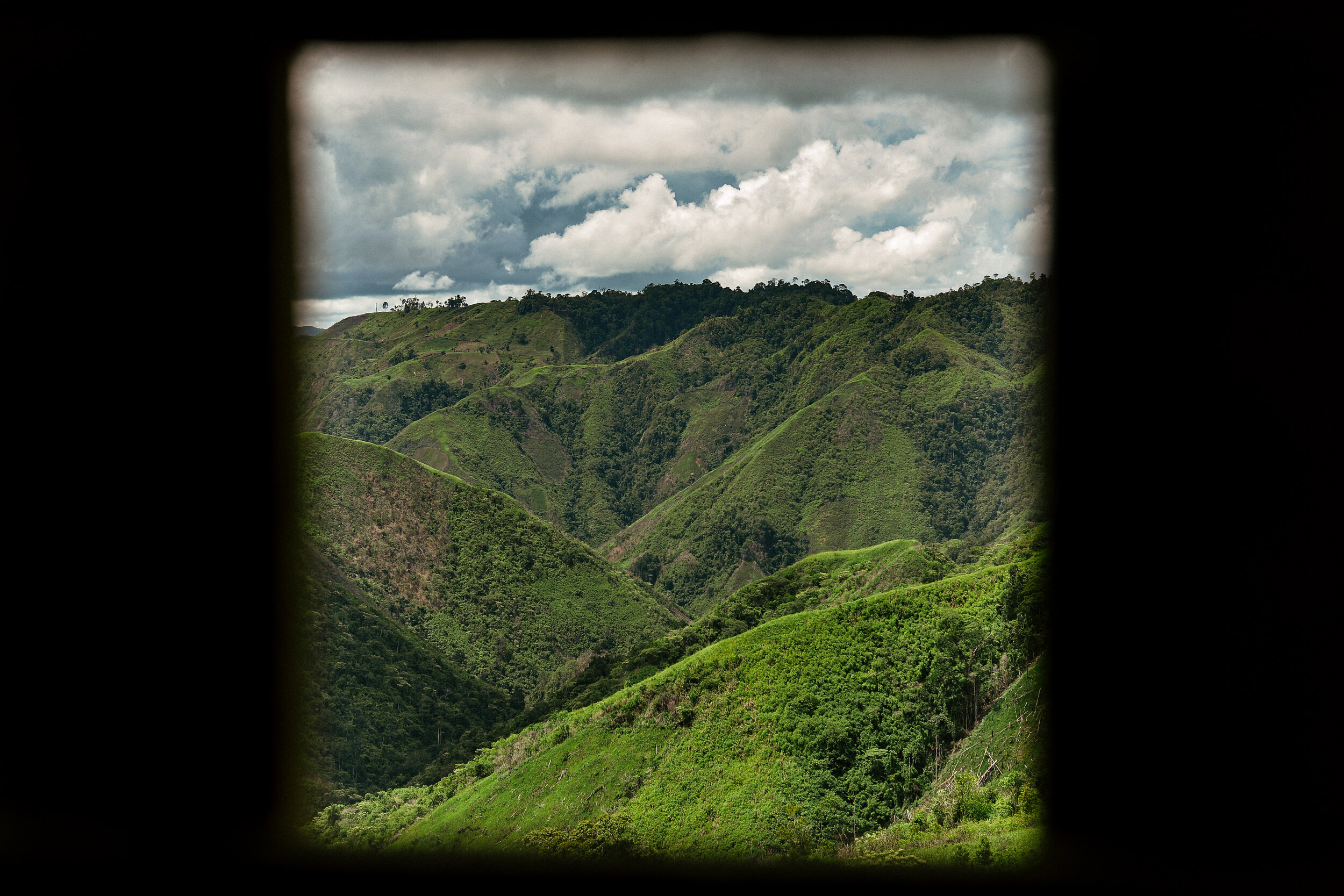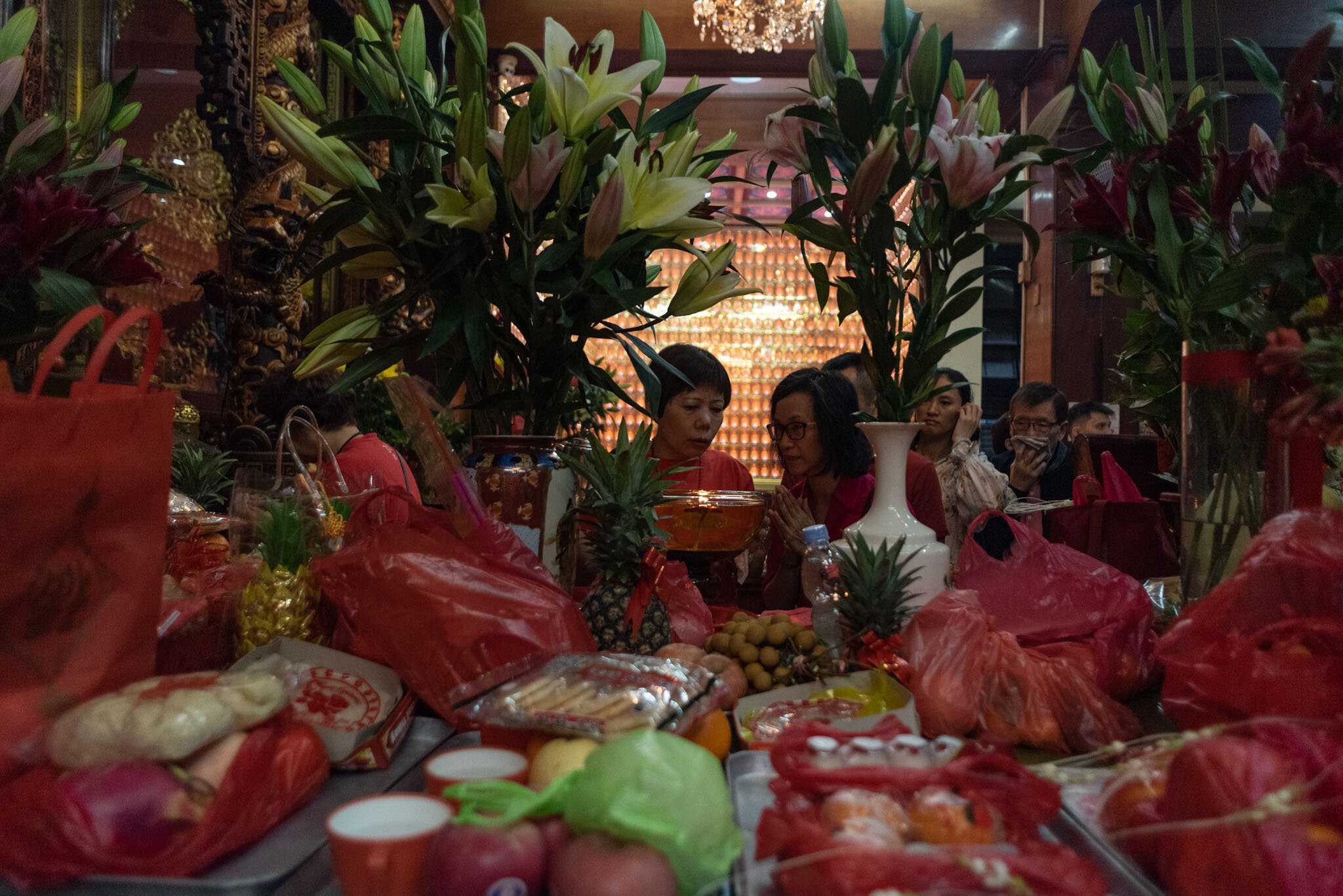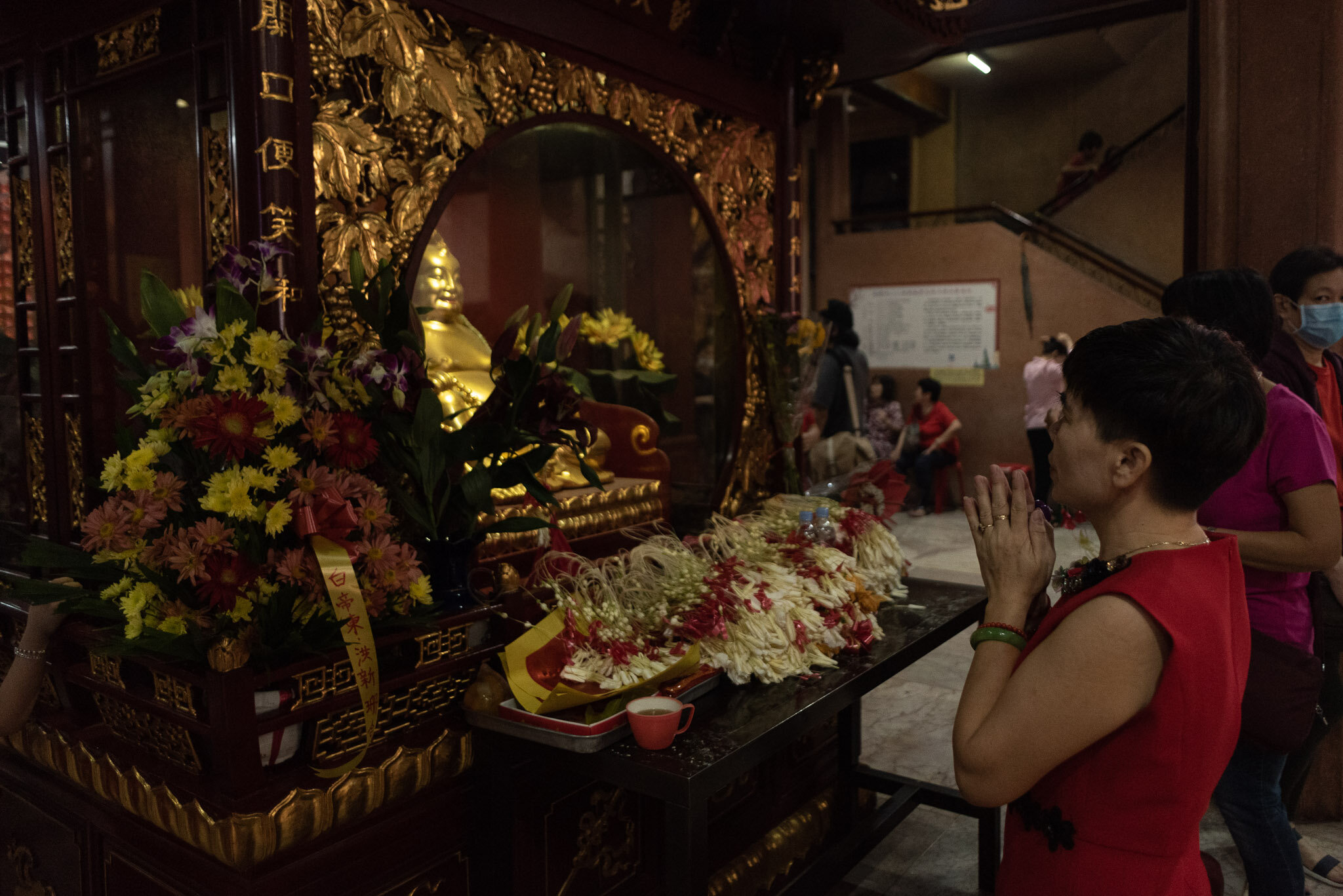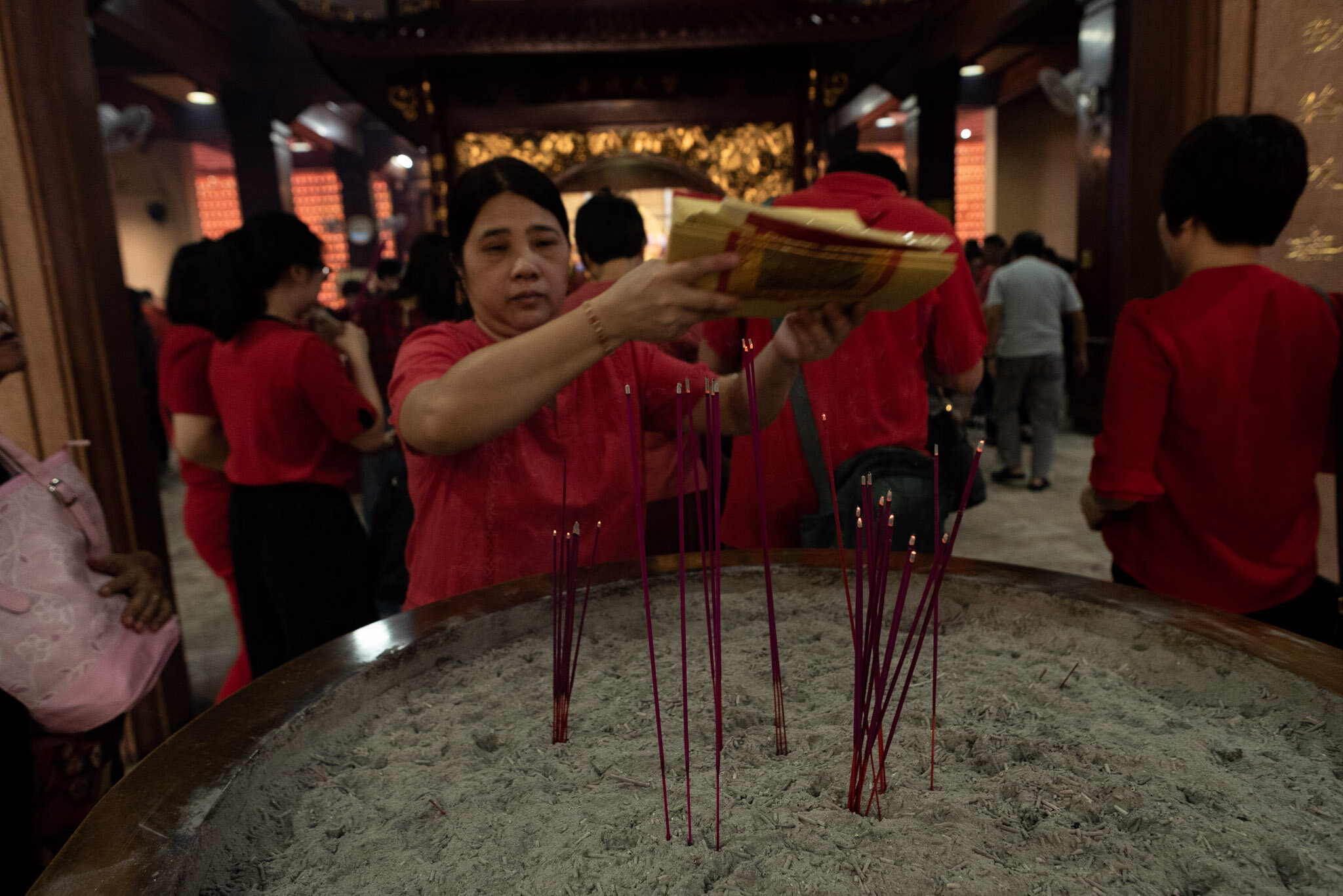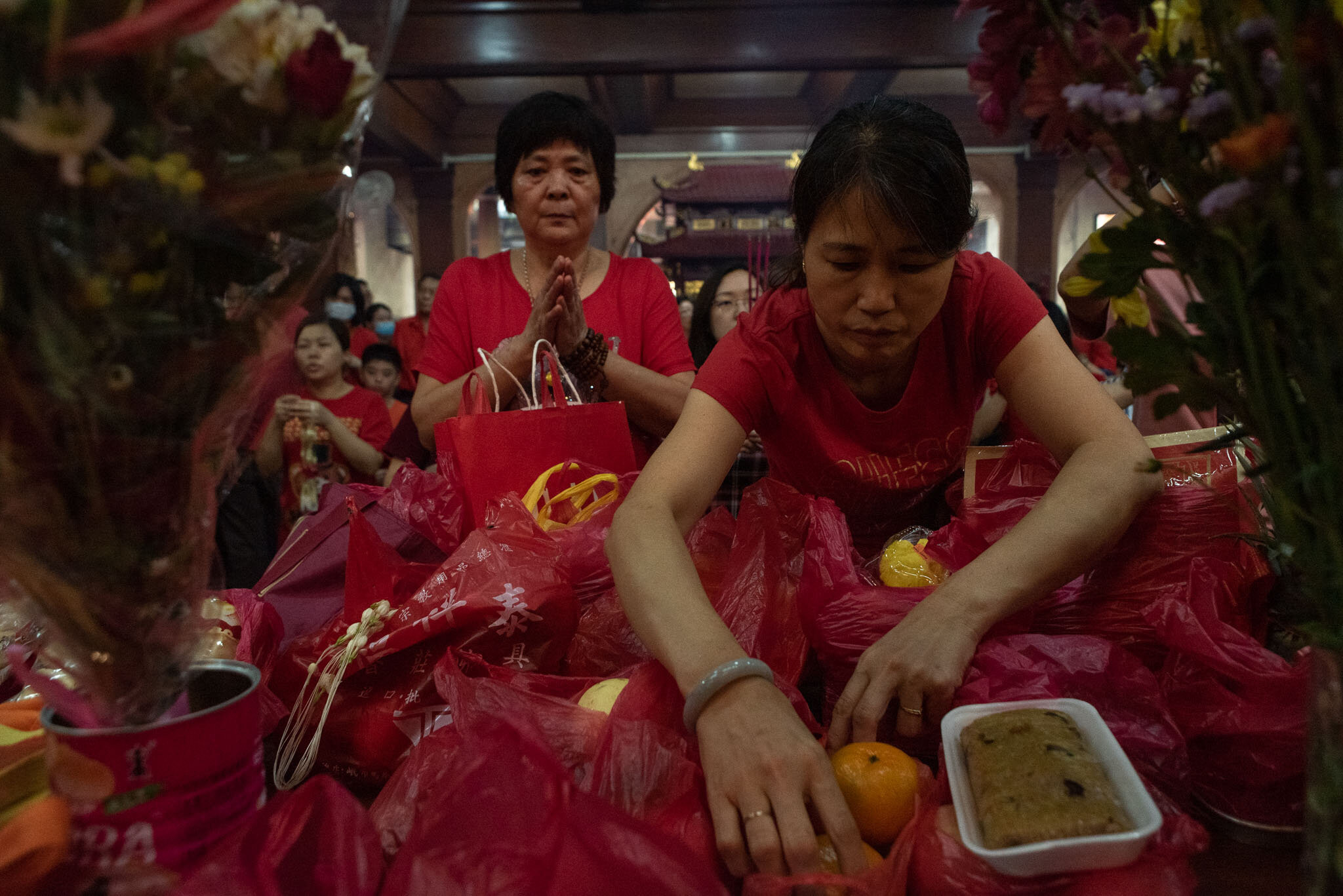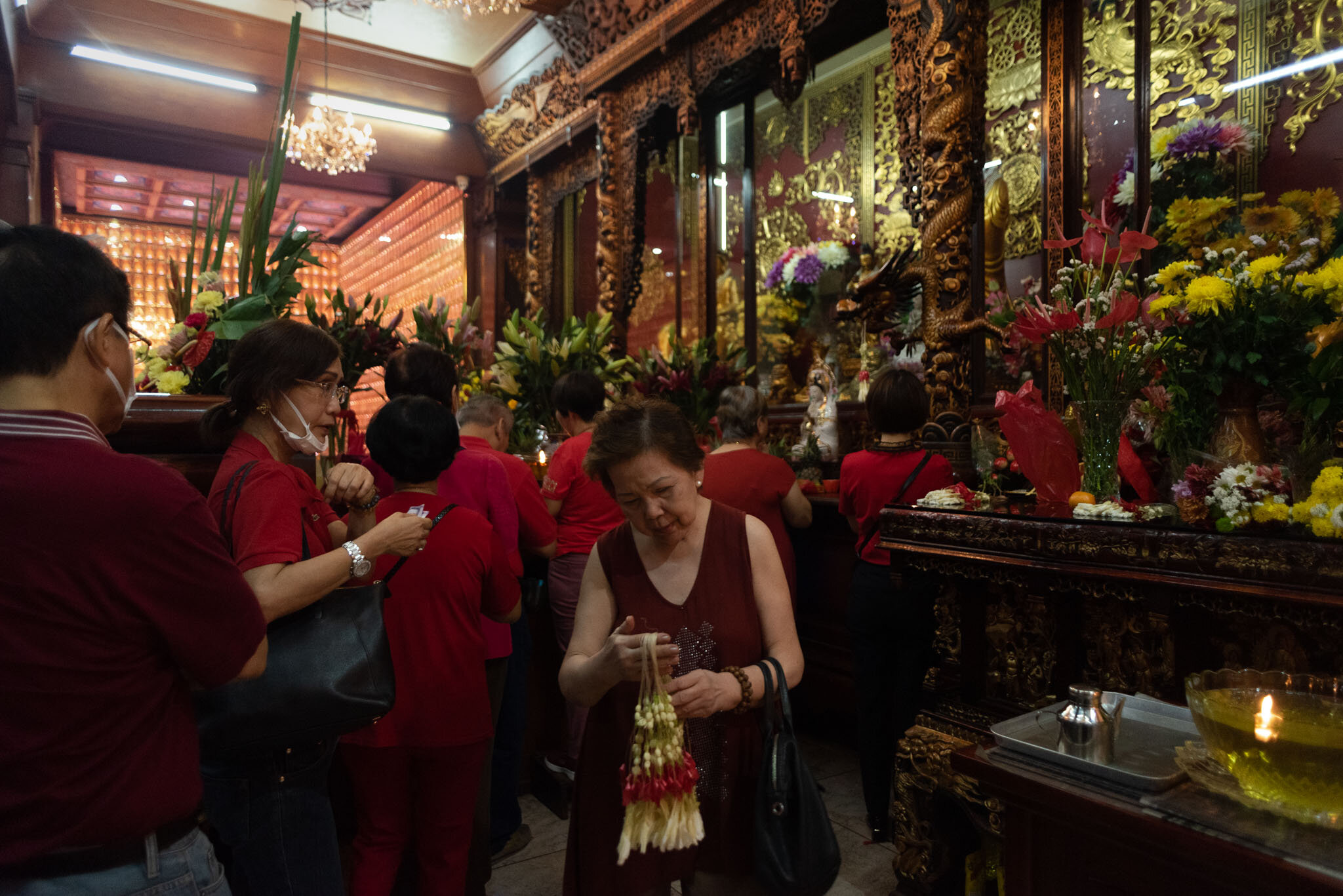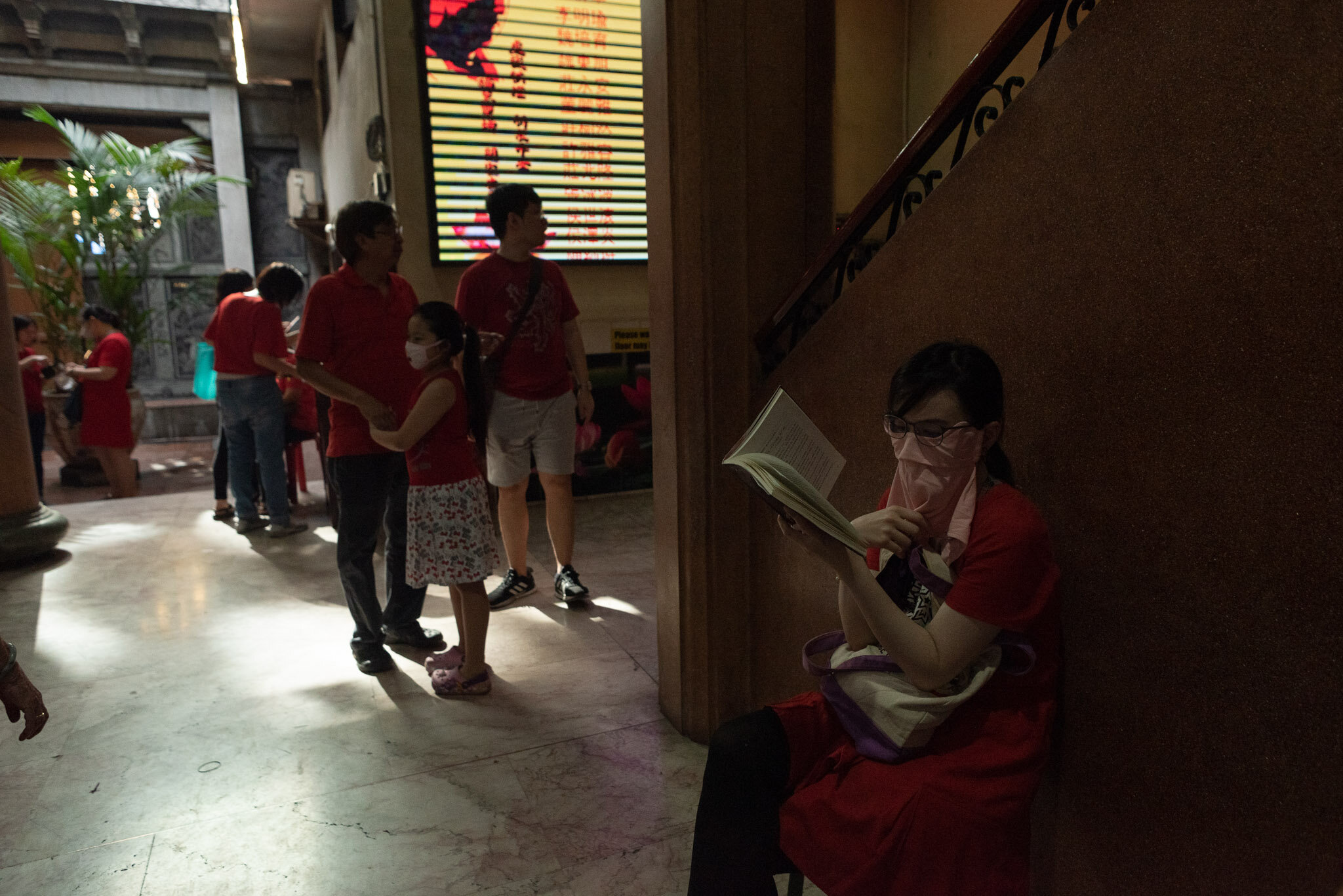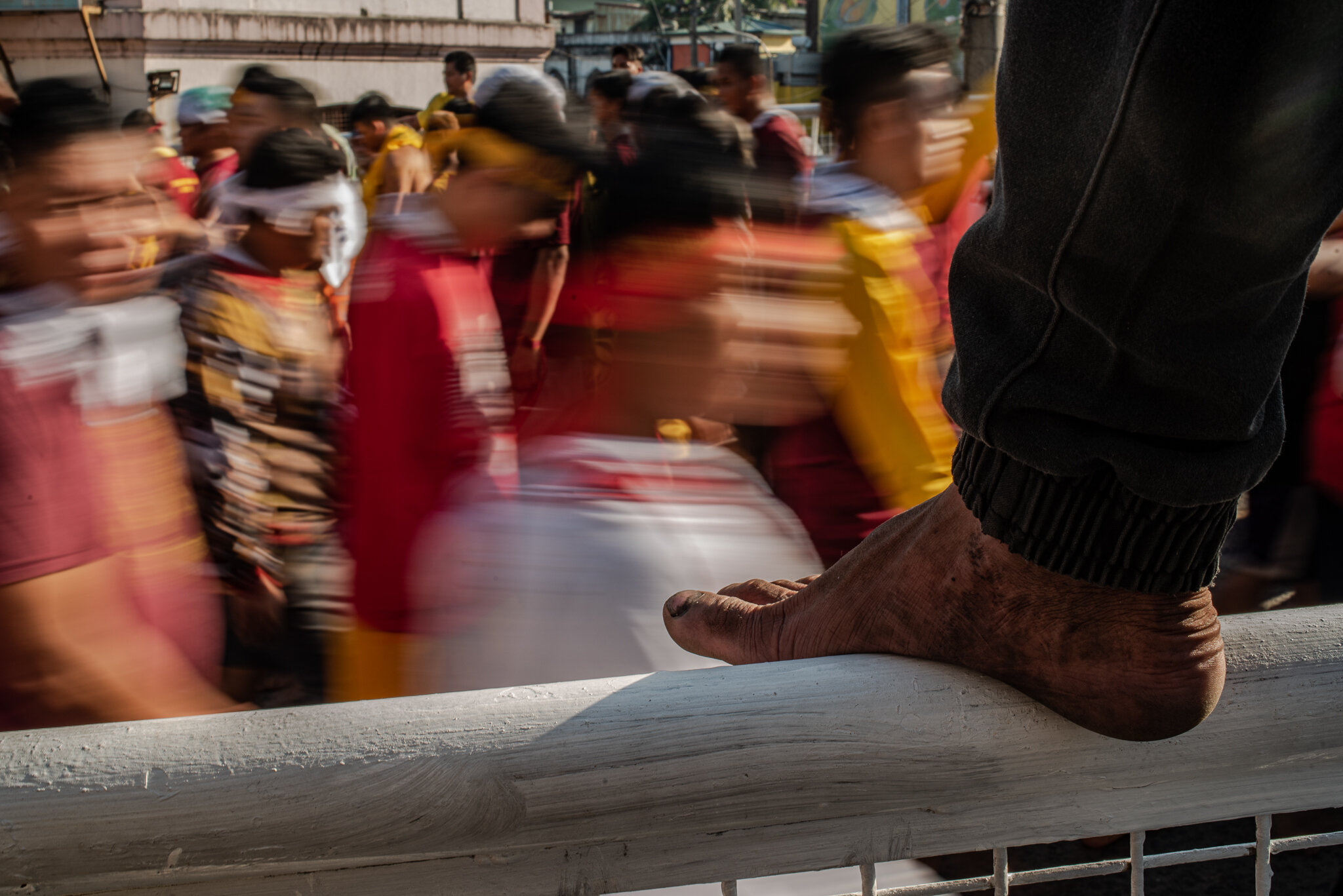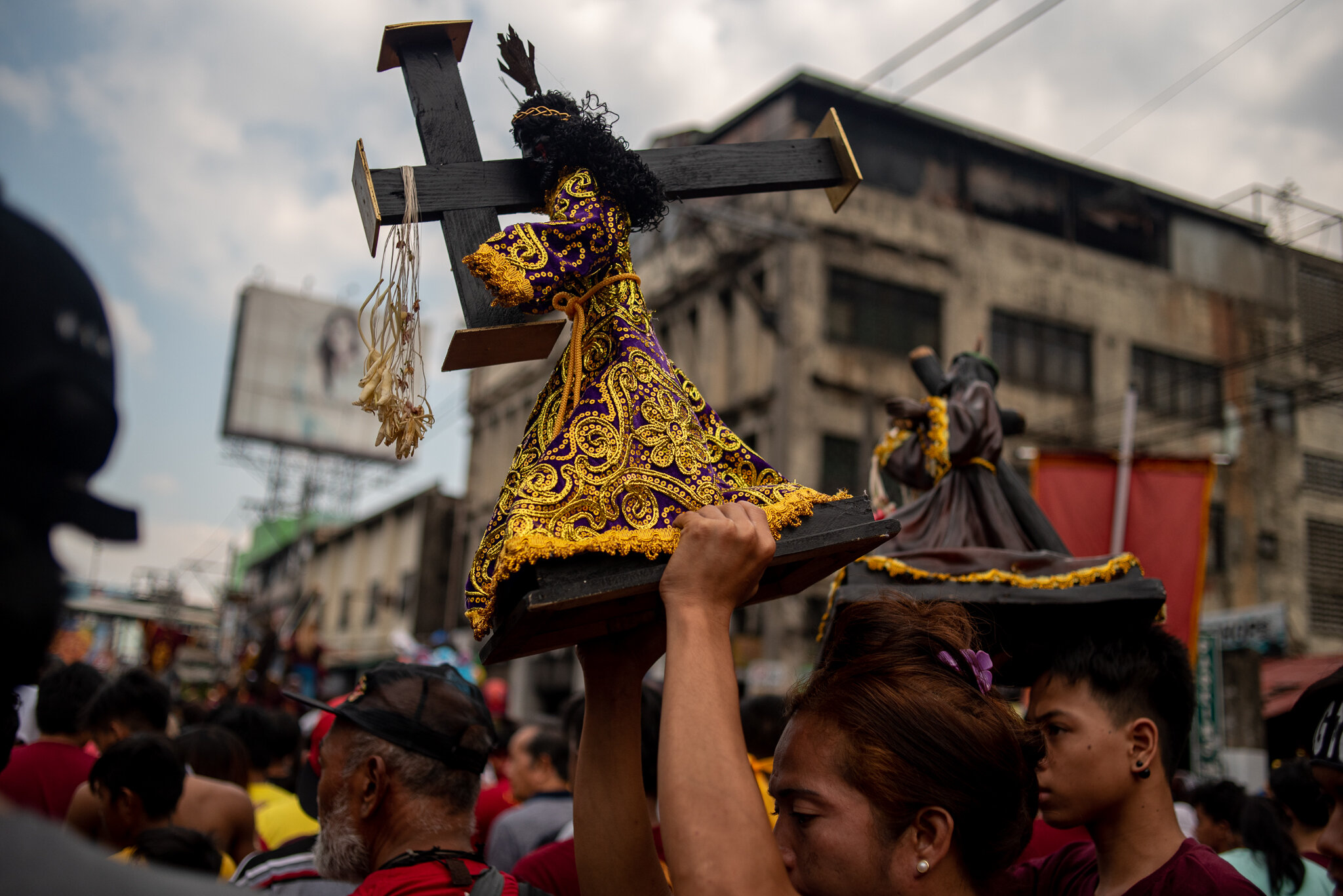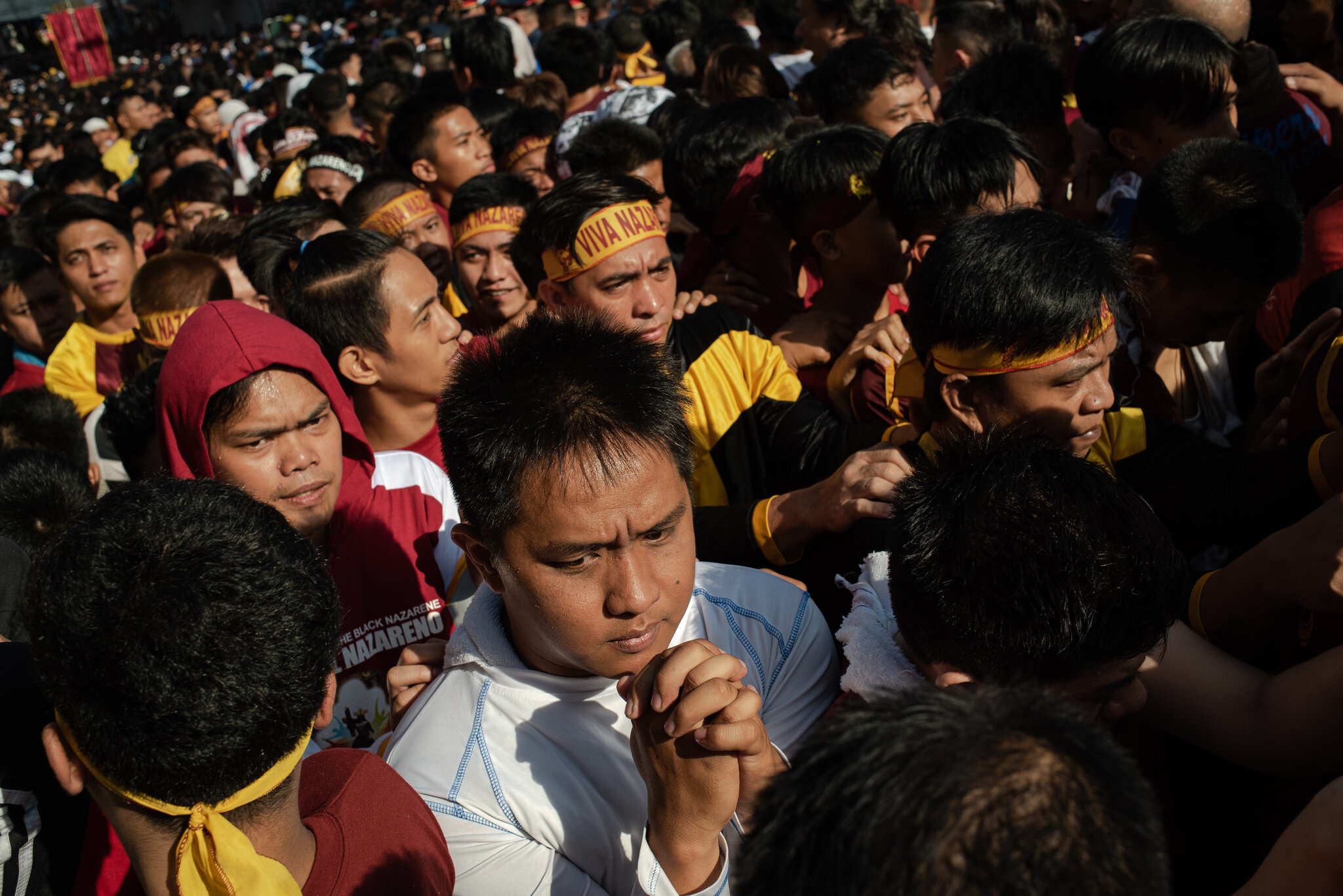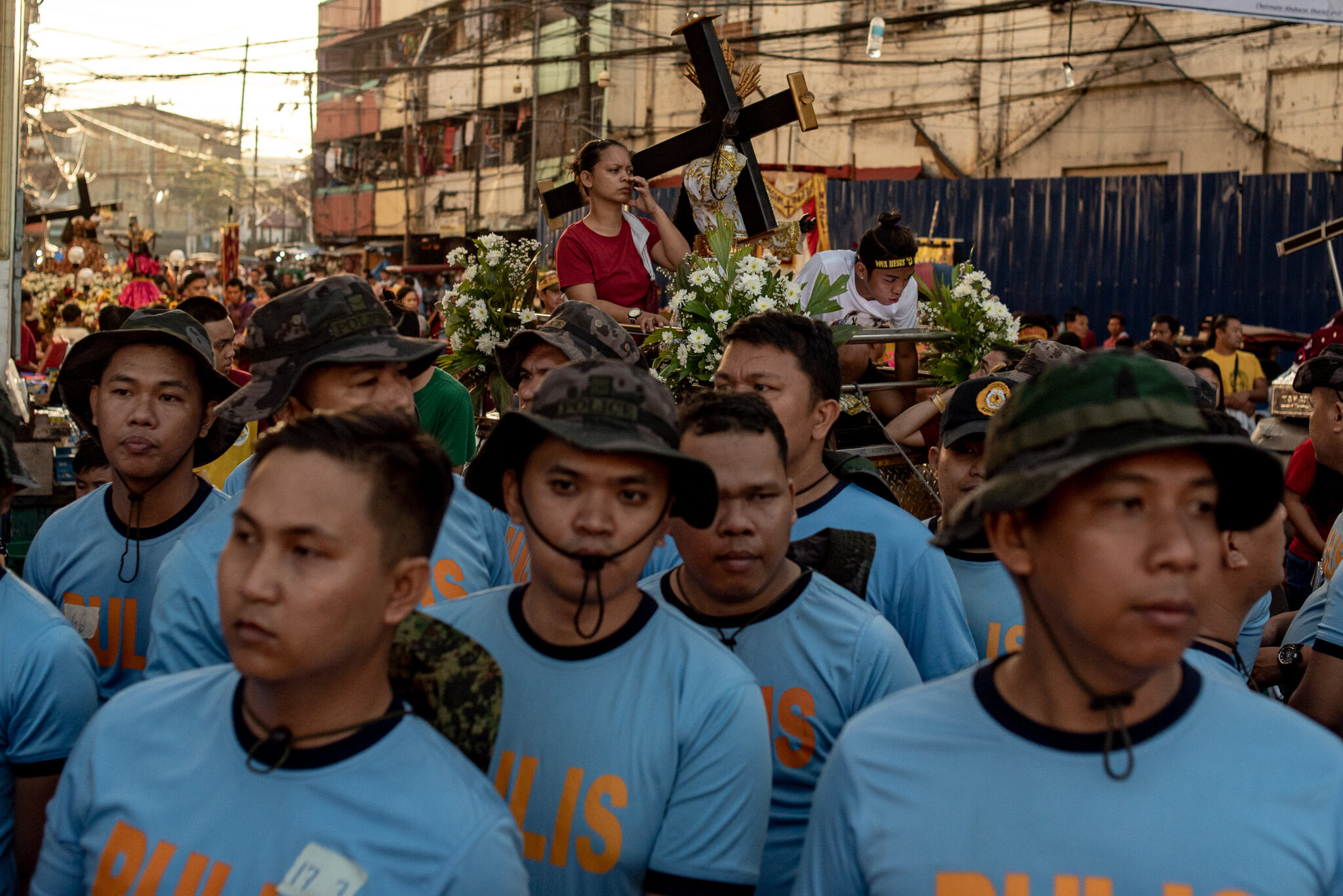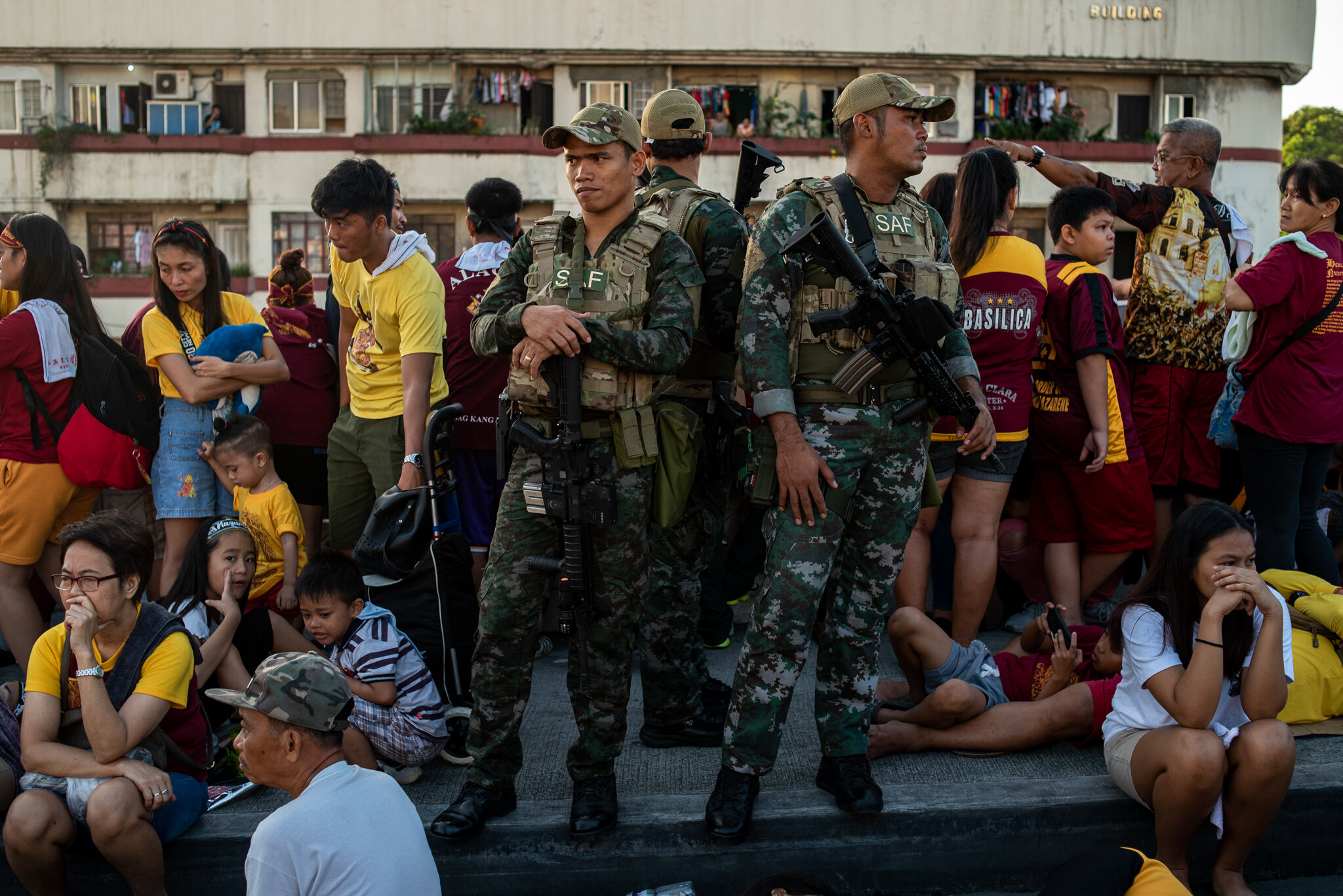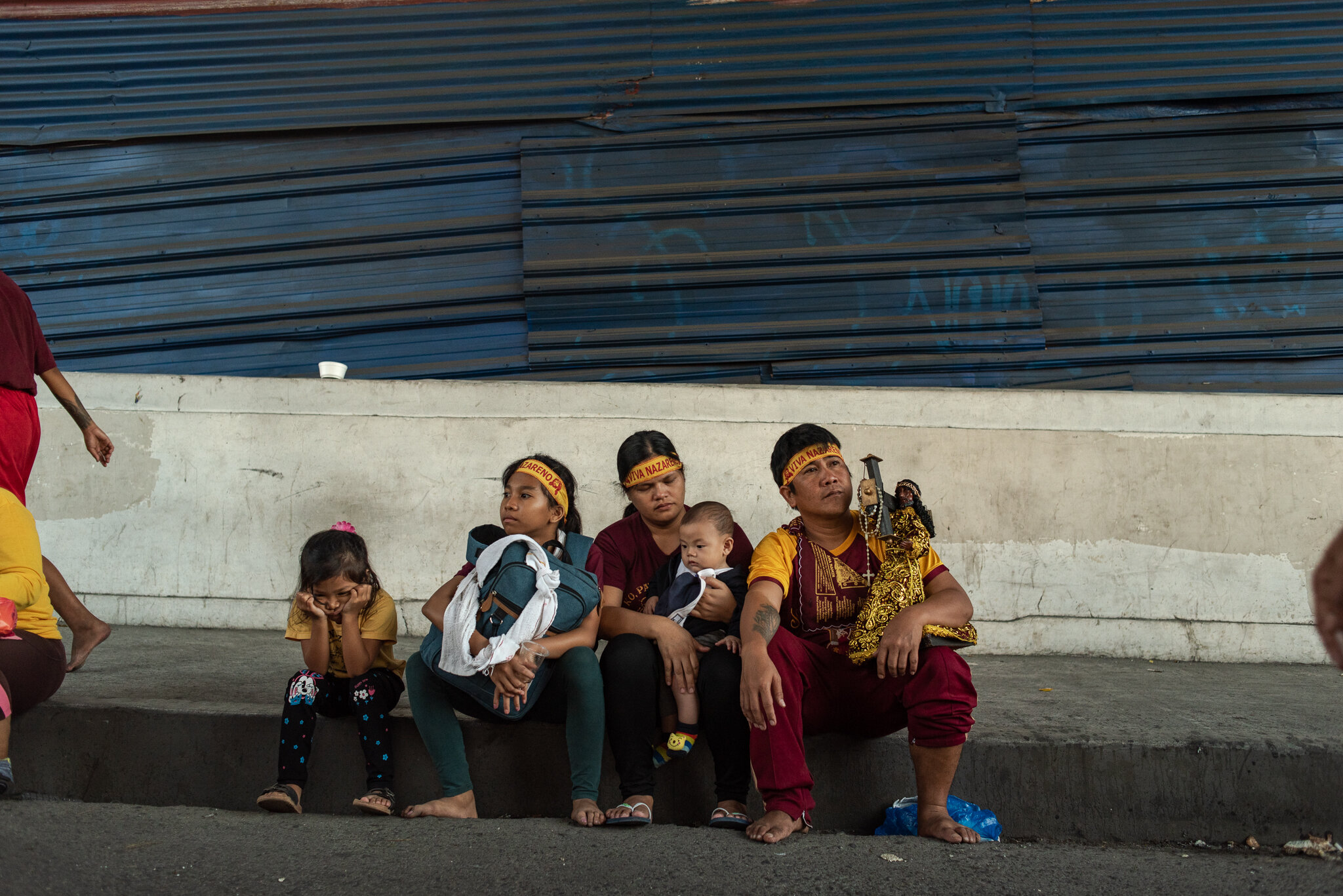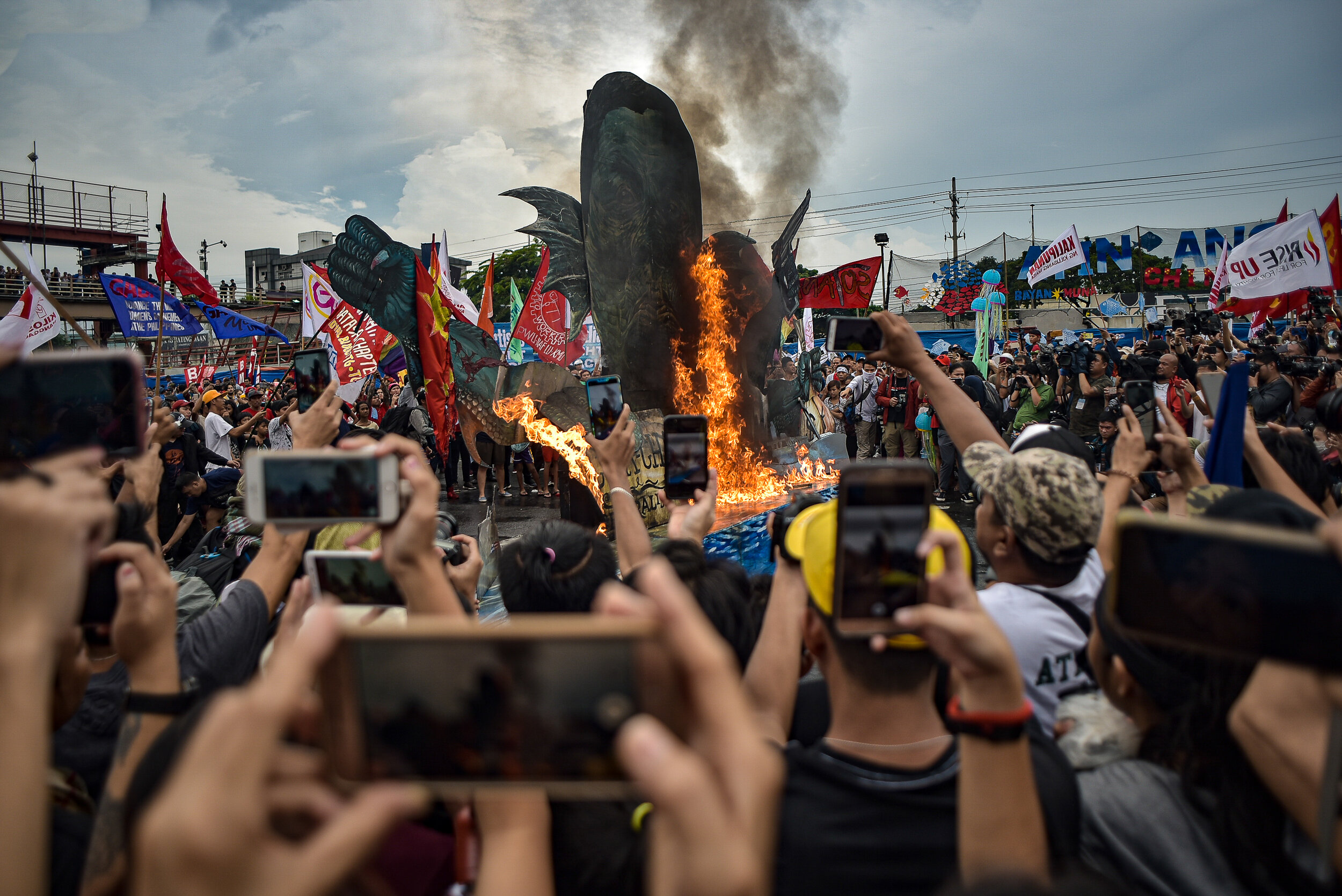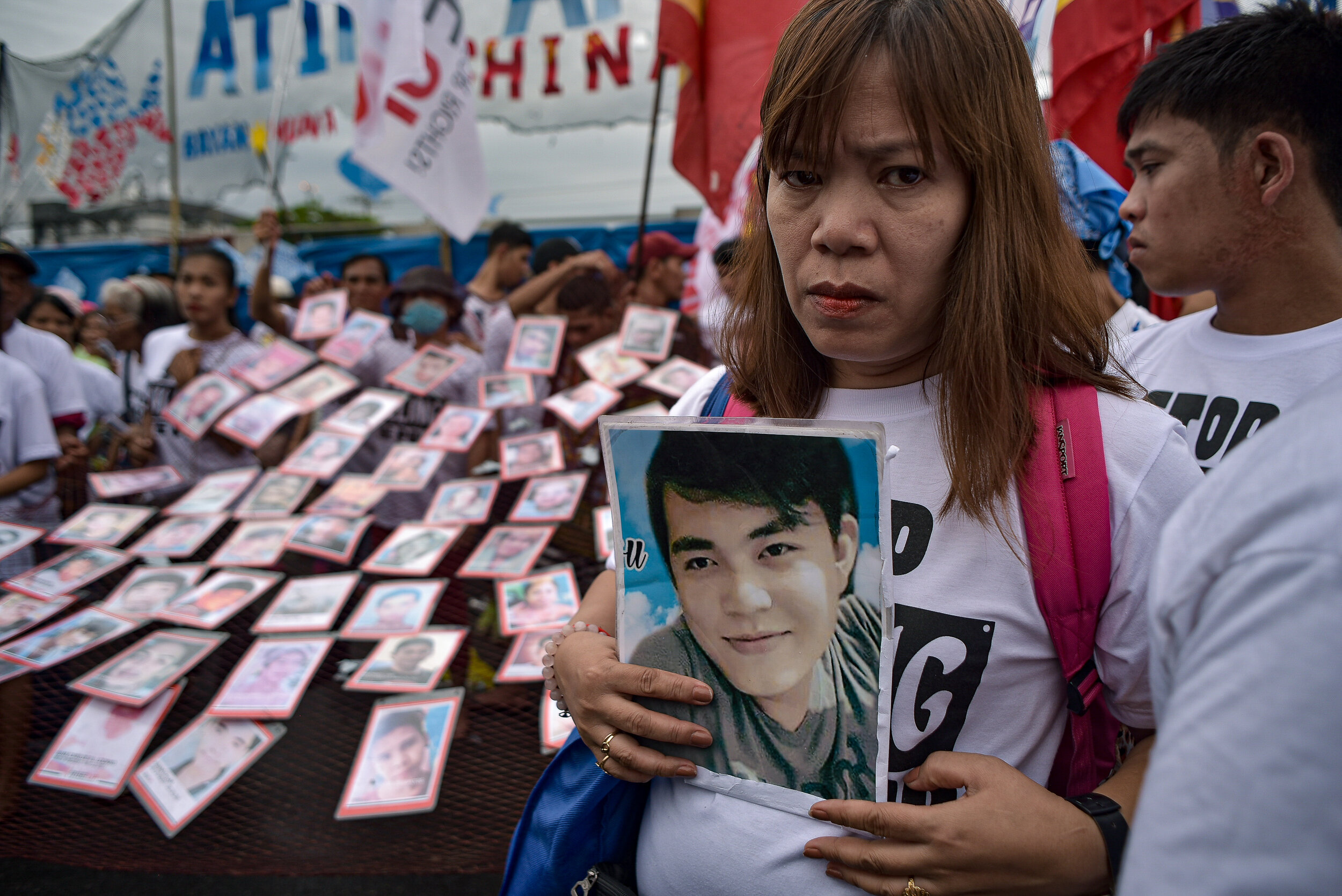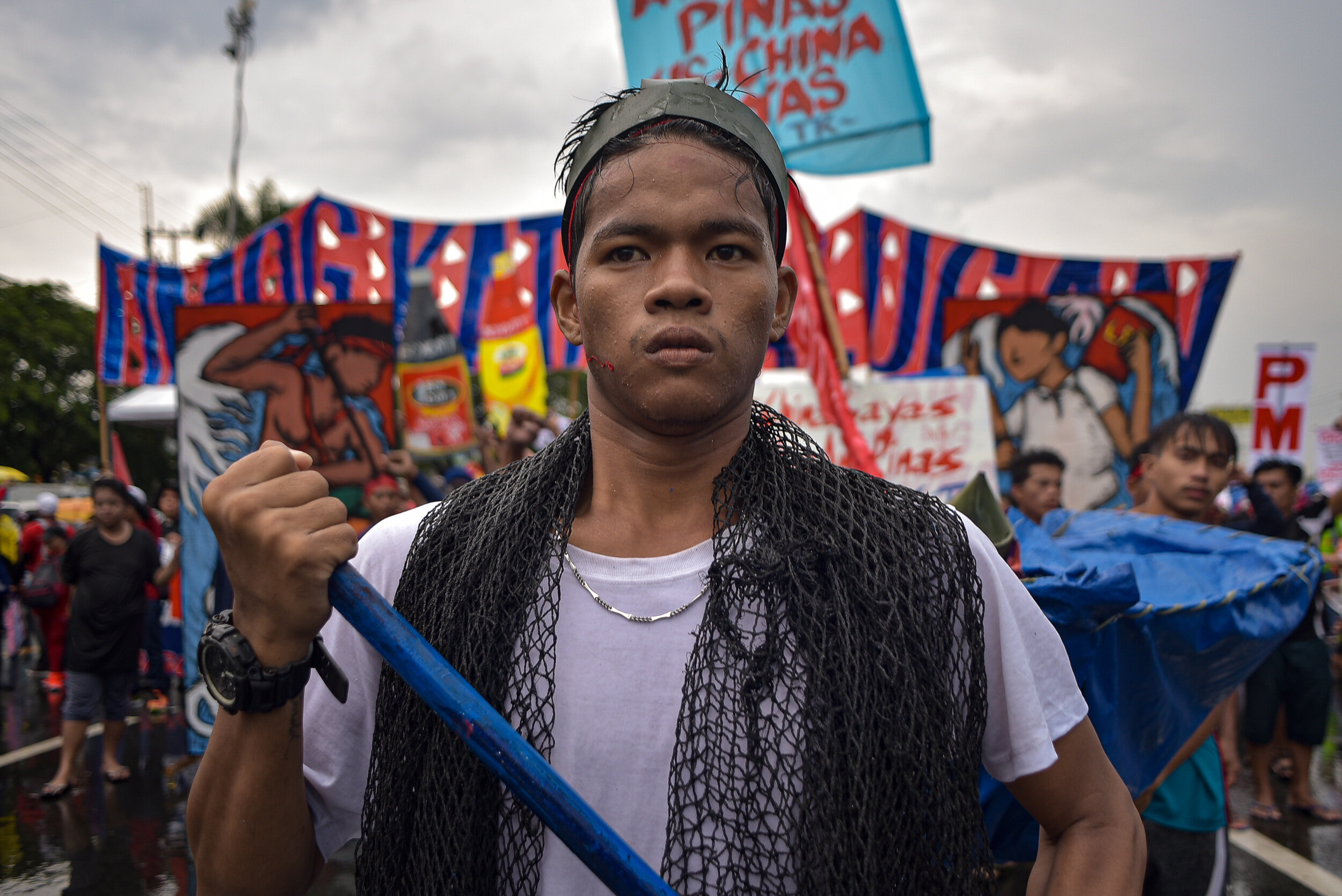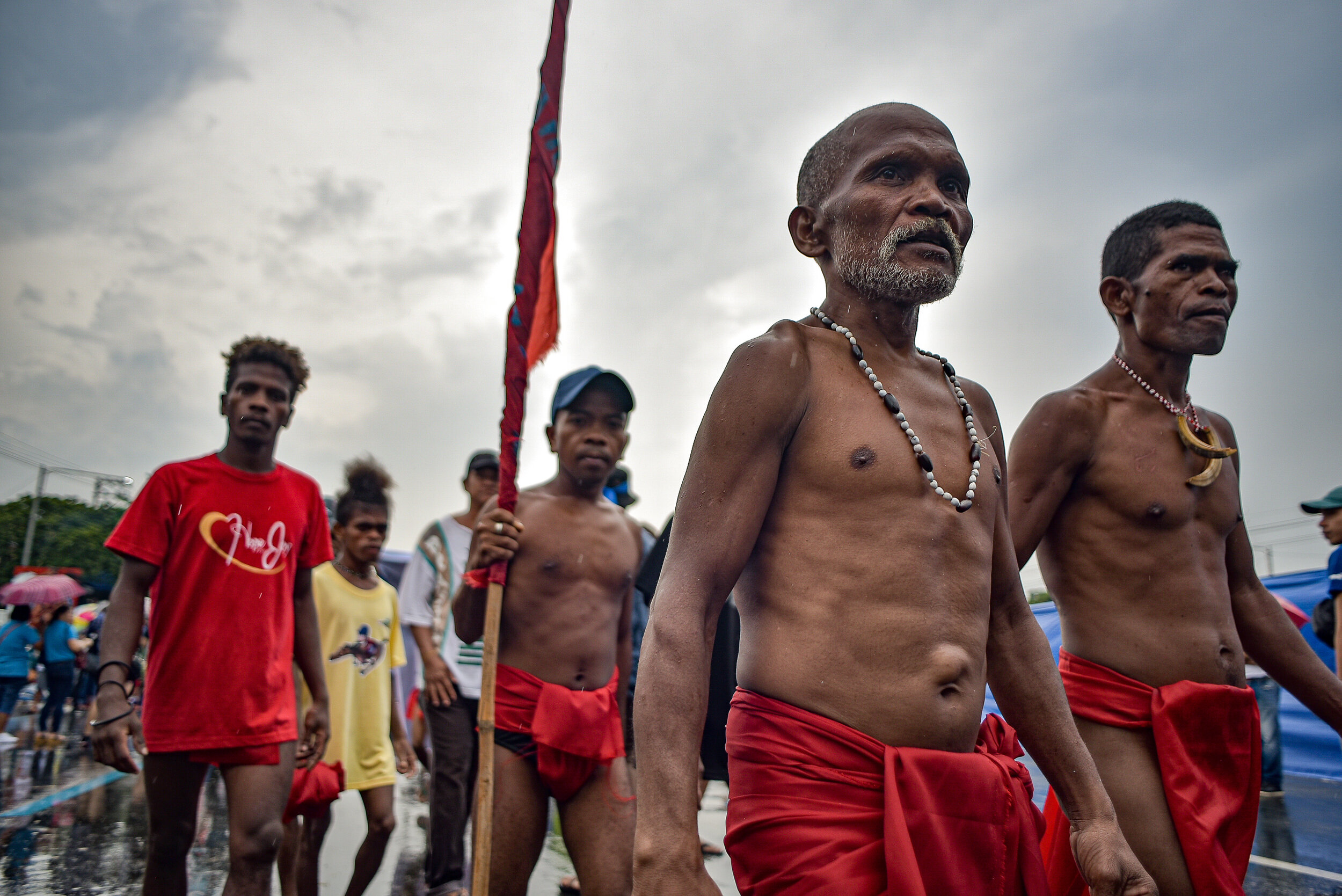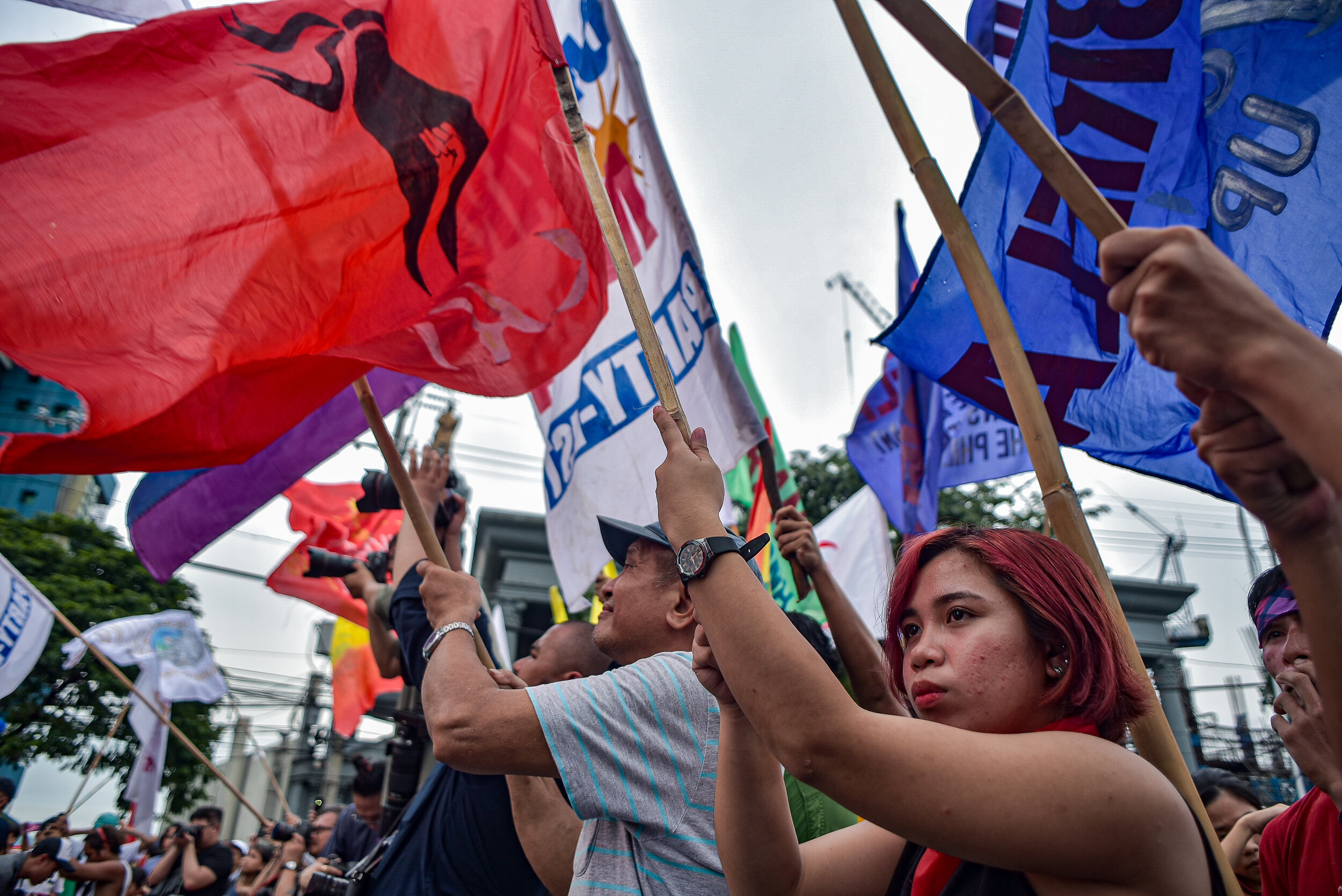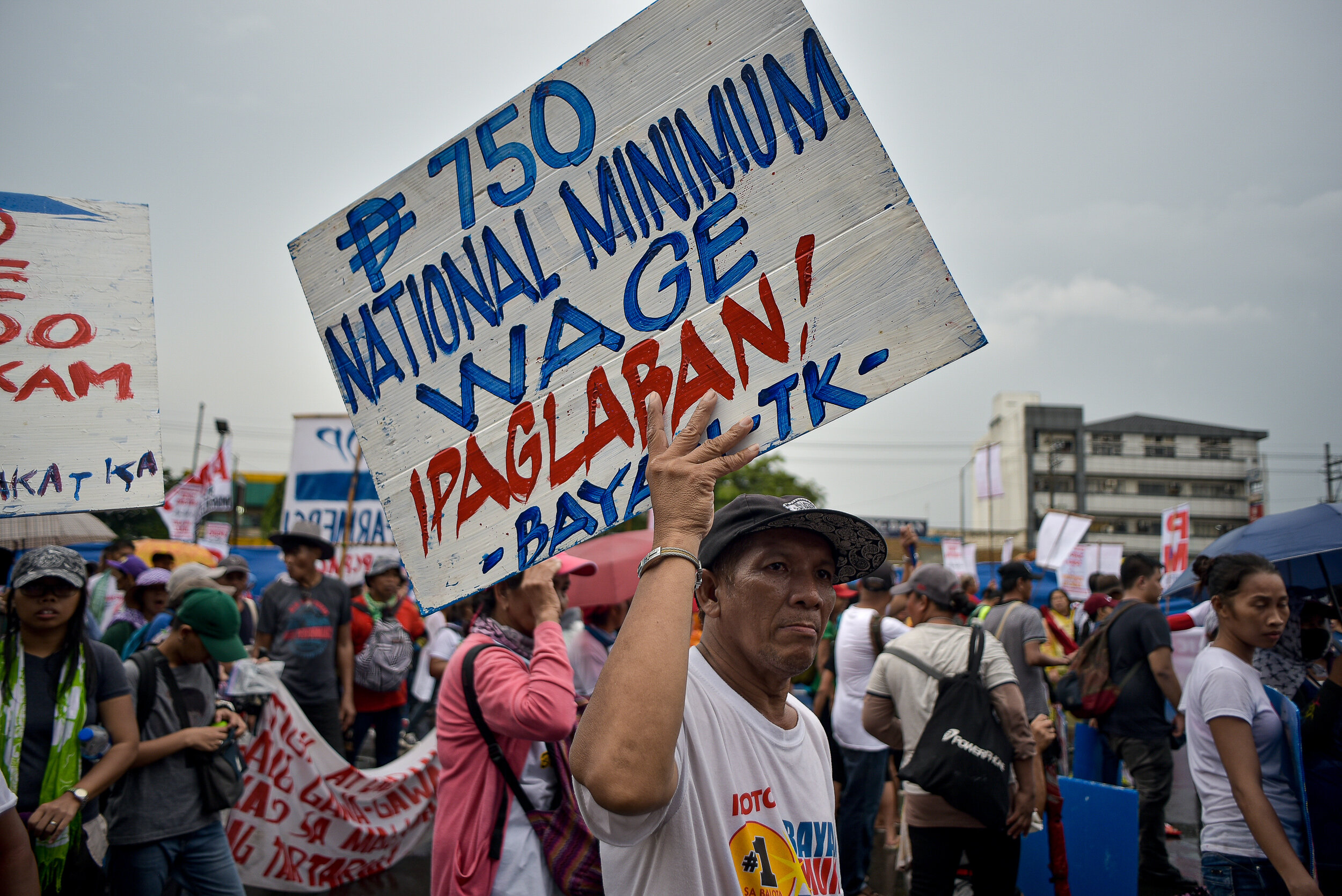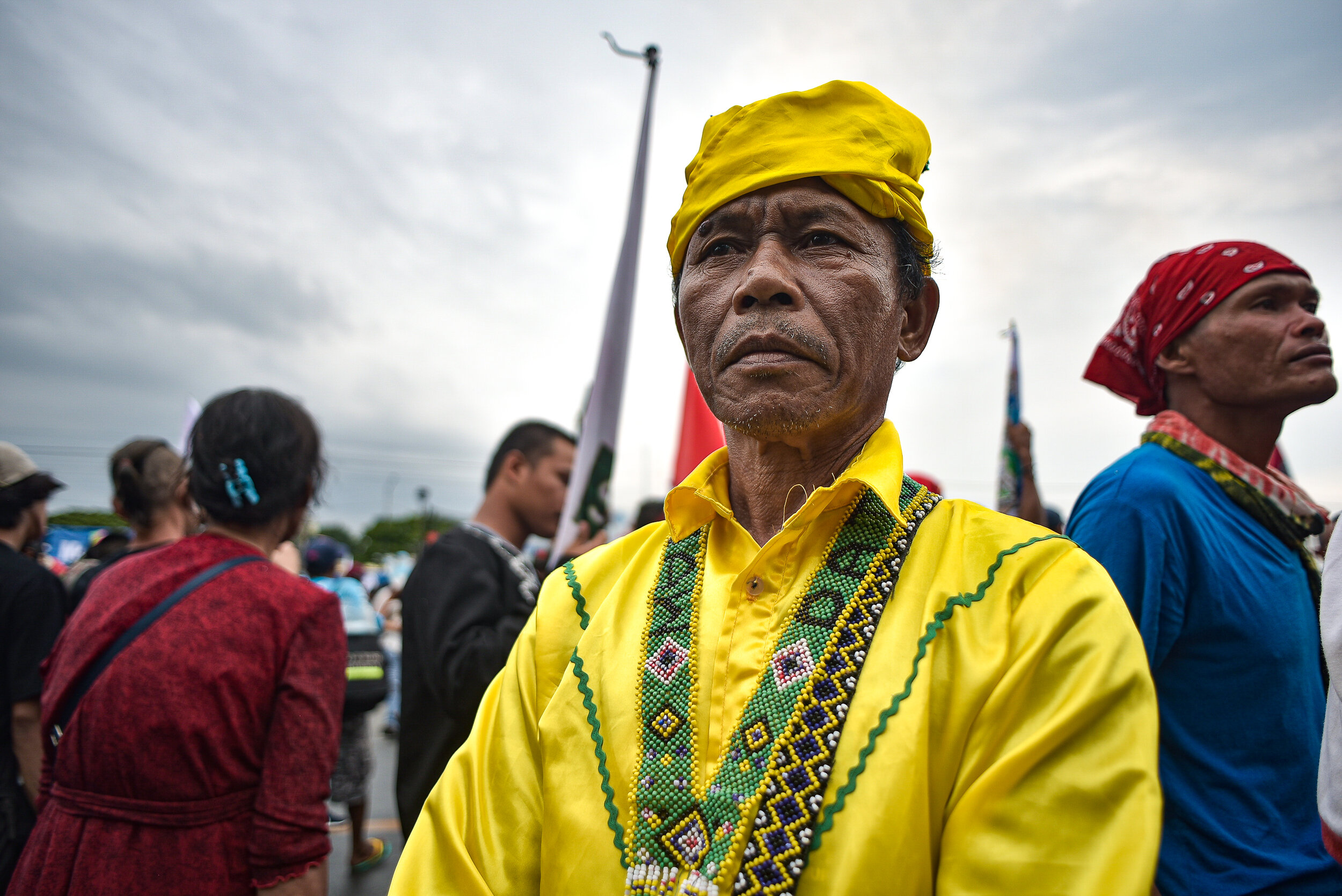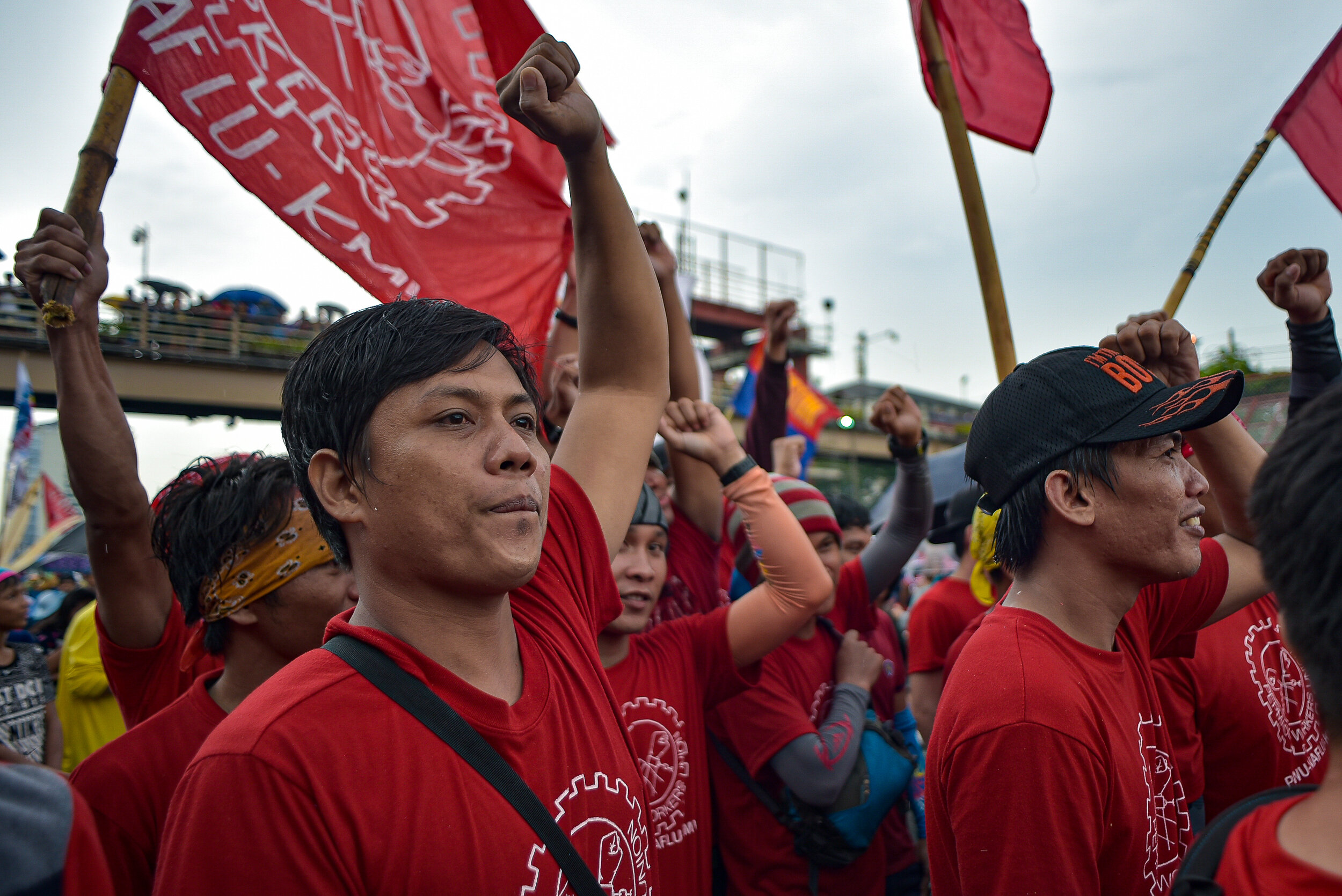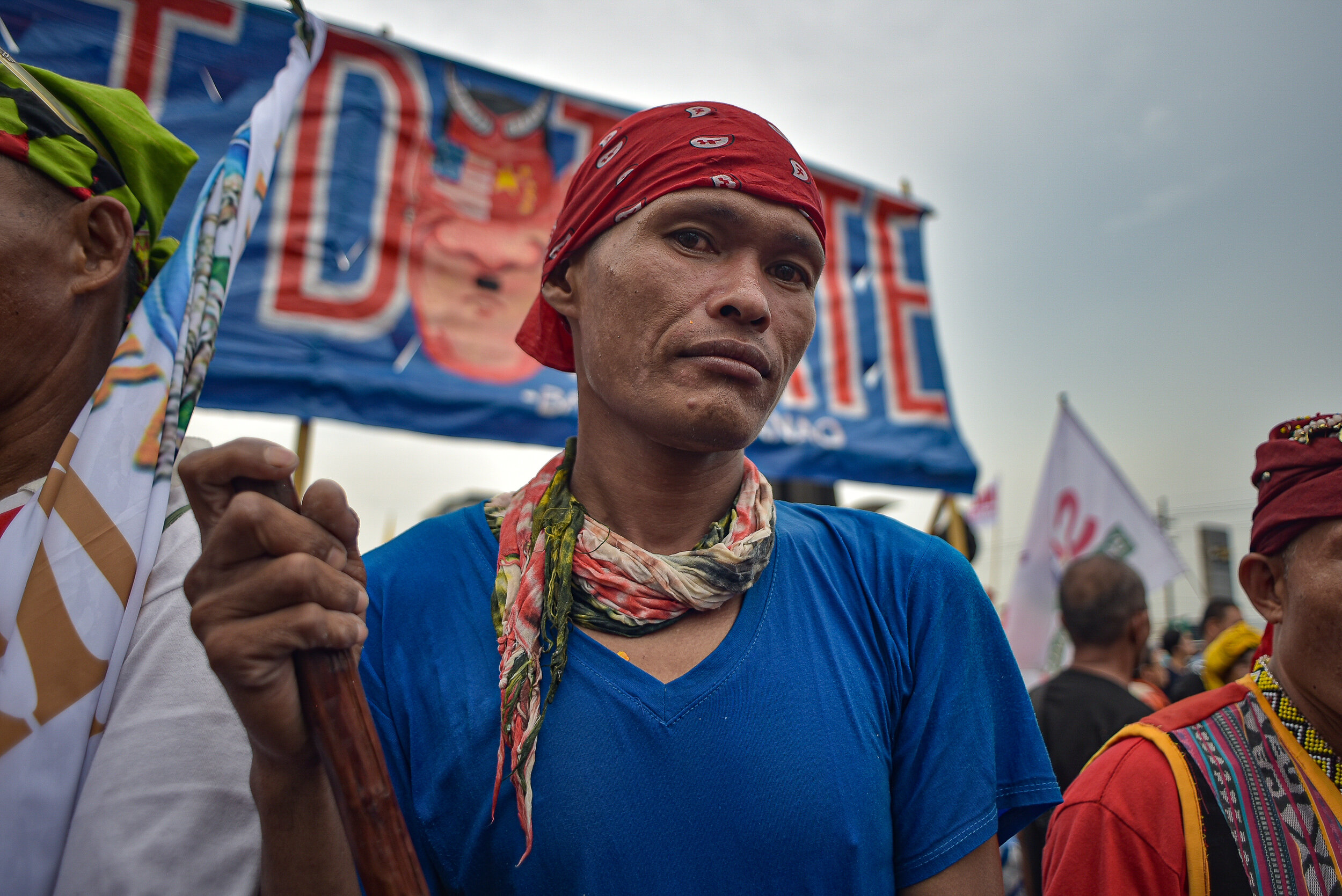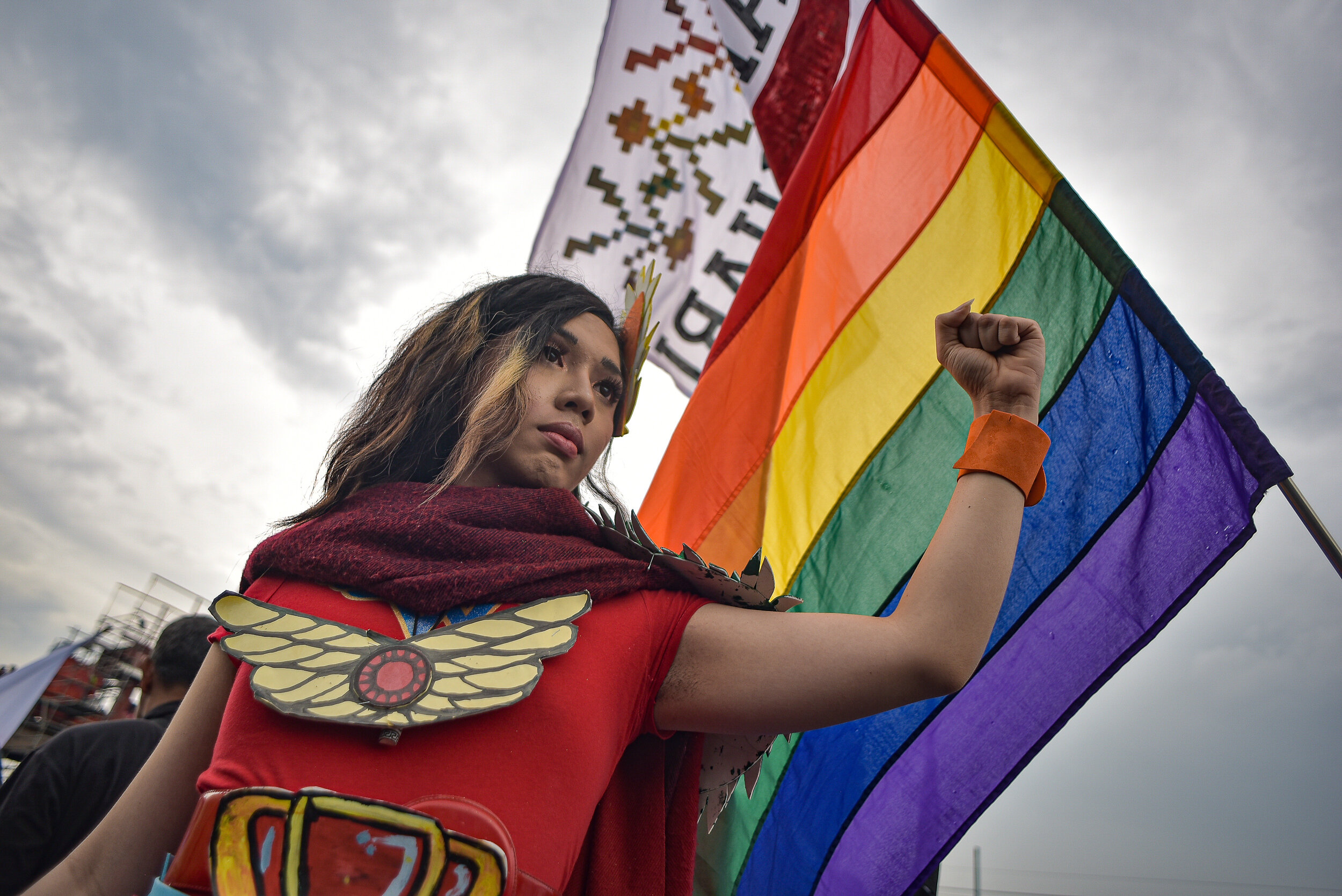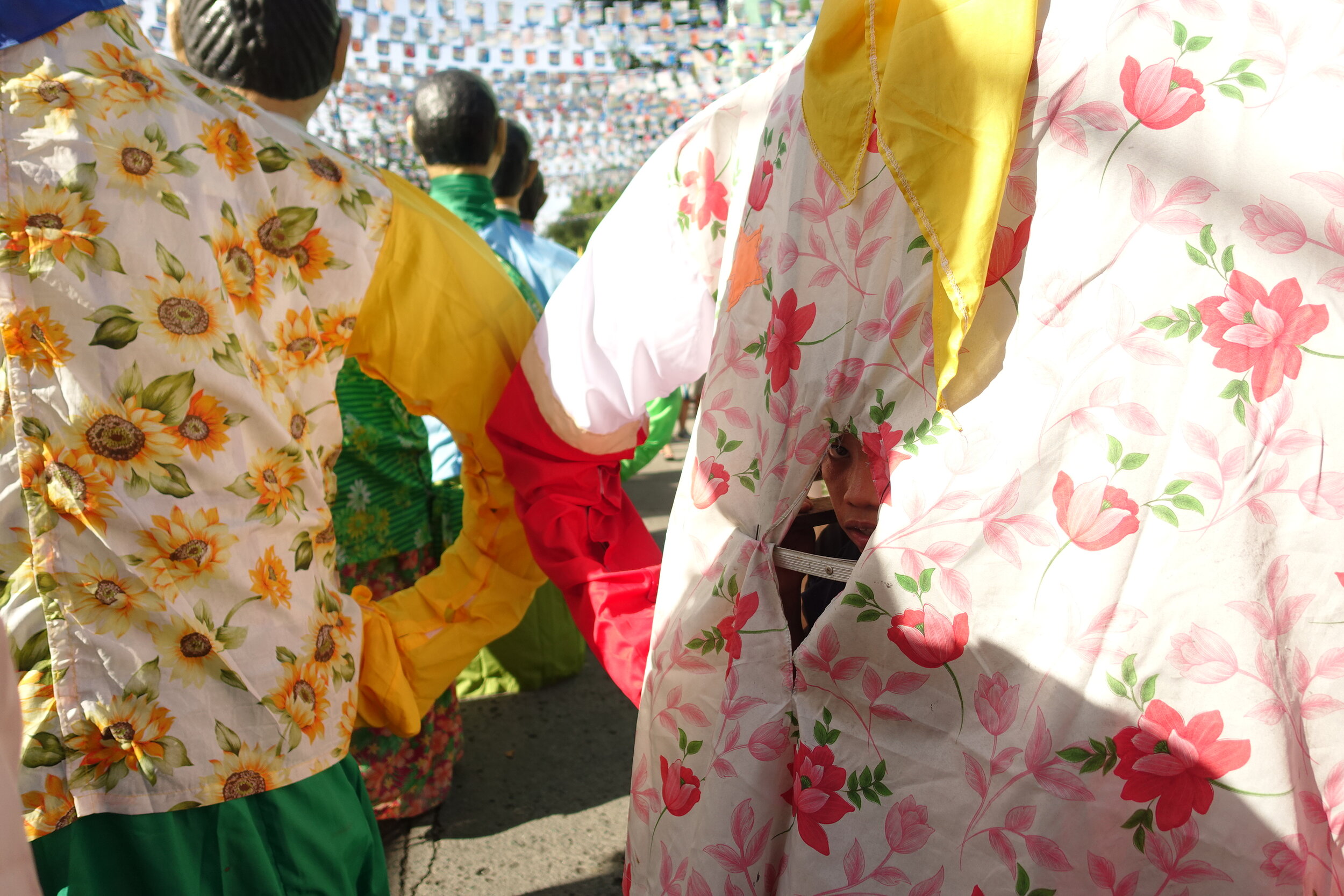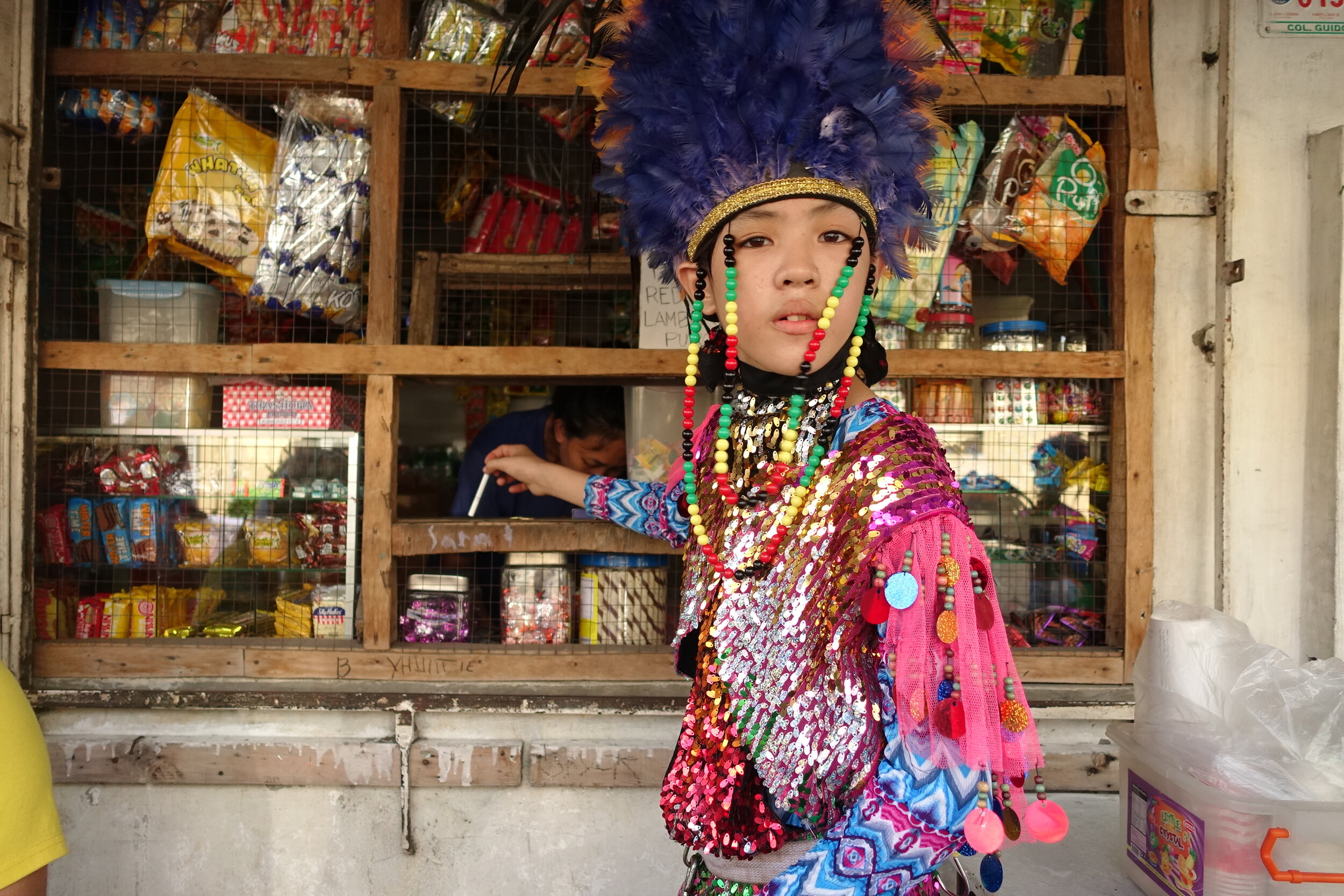And it went like this…
Hi, I’m Pau. I’m a documentary photographer and a transgender man. I was born and raised in Manila - a place that shaped who I am now.
As for my queerness, I’ve always been trans. I can’t recall a time that I wasn’t - even when I didn’t have words for it when I was younger.
I remember seeing my childhood through my mom’s photo albums. I had shorter hair, wore mostly blue clothes, and played with Lego rocket ships and action figures. I felt different than most girls my age, who liked having longer hair, pink things, and playing with Barbie dolls.
But it hit the hardest when puberty came.
My chest was getting bigger, and my hips were getting wider. My body suddenly grew these unwelcome additions, like weeds sprouting in a landscaped garden.
I cried when my mom introduced me to a baby bra.
Later on, I would learn the word ‘tomboy’ - a word I used to describe myself. It was the only word I knew of and made sense to everyone else.
For more than half of my life, I called myself a tomboy.
But seven years ago, when I was 23, I learned of the word ‘transgender’ through a YouTube video I randomly saw on my feed. I saw a white-bearded man documenting himself - saying, “This is my voice, three years on testosterone.” I was curious and saw he had more videos of himself.
In the first one, we looked alike: soft and delicate features, a higher-pitched voice, and no facial hair. Moving through his timeline, I witnessed his transformation. His shoulders broadened, his voice deepened, and a glow of joy was written on his face.
The words ‘transgender’ and ‘gender transitioning’ weren’t part of my vocabulary then. In an attempt to understand what these words meant,I watched more trans people documenting their bodies changing to a gender expression that they prefer to have.
All those journeys I’ve watched and shared over the Internet gave me a glimmer of hope.
Being shown these possibilities of how to live my life meant everything to me.
If I could go back, I would tell my younger self, who was forced to wear baby bras, that they don't have to conform to society’s gender expectations. That they can embrace their true identity, a fundamental part of who we are.
☀︎
Seven years ago was also when I became a documentary photographer. I captured lesser-known stories - stories many don’t hear about and don’t usually make it to the front page news.
The first place I went to is in Mindanao - a thousand miles and a 2-hour flight away from “home.” I did fieldwork with the Lumad, an indigenous community whose culture was entirely new to me.
On the field, I learned to fade into the background and observe quietly, so I don’t disrupt the moments I try to capture. I did my best not to make my presence felt.
But one day, I mustered up the courage and asked a question that might be risky or unusual. I approached one of their leaders and asked if any indigenous people among them were queer, just like me.
Through that question, I met queer Lumad people, who welcomed my presence to let me capture a more intimate, personal, and familiar narrative. We were both amazed at how unlikely it is to meet each other as queer people who grew up in very different cultures.
Through our connection, I discovered how shared experiences could exist even in distant places beyond Manila. That safe space is created by embracing curiosity and our gender identities, even if we have different words for it.
☀︎
Then came the pandemic. Without an opportunity to go back to Mindanao, I was forced to stay at home, mostly by myself. I loved engaging with other people and amplifying their stories, but I realized it became a reason to delay pursuing my own.
I’ve been minimizing my own narrative as if my story wasn’t important too.
Every June, we celebrate Pride Month in the Philippines.
For the seven pride months that have passed, I wasn’t sure if I was living my authentic self.
What does pride truly mean? Is it possible to feel proud in a body that didn't feel like mine? Can I be proud of myself even before learning to accept my gender identity?
It was challenging to identify as trans and much more to come out as a trans man.
To the point, that I could no longer imagine a future being in this body.
☀︎
It took me seven years to be able to say it out loud.
I am a trans man, and deciding to transition seven months ago is the greatest euphoria I have ever experienced in my life.
I now feel less and less agony in this body. I’m marching towards a place I can now call home.
I'm not just a trans man; I embody it. I claim my space in this shared reality.
I think about the trans men documenting their journey, and how these people whom I’ve never met helped me feel connected to my own truth.
I think about the queer Lumad that I’ve actually met, and shared nuanced but familiar stories with through a question I asked. How visibility can lead others to do the same - to witness each other’s journeys - through a lens or not.
Only when we speak up and share our stories, do we realize how we are all deeply connected to one another through all our intricate experiences.
My decision to come out has saved my life. But there are also others who aren’t as lucky as I am.
Some may not have social safety for them to come out. Some don’t have access to trans healthcare to be able to live as their authentic selves. Coming out also puts us at risk of gender-based violence in a world fraught with transphobia.
How can we celebrate pride when so many of us turn into statistics and become violent headlines in the news whose stories get sensationalized, only to be forgotten?
We should always remember - that pride is a protest. Many of us in our community can't even talk about pride because we are still fighting to be seen and not forgotten.
☀︎
If my story makes just one person in this room feel reassured that they’re not alone, and haven’t found words that best align with their reality - please know that you’re not any less valid, that your experience isn’t any less real.
For those who already feel at home in their gender identity, I hope these stories and connections serve as reminders that we can create spaces for others to feel seen.
Even if the language isn’t there yet, the spaces already are.
June 7, 2023. De La Salle University, Taft, Manila
My first TEDx talk coincidentally happened during Pride Month. The sub theme assigned to me by the team was “Ineradicable Interrelations”.
Photos by Ennuh Tiu and TEDxYouth@DLSUSHS
I could still remember that day.
I had made the mistake of wearing sandals that made me stumble with each step I took; and bringing a half-full bottle of water that only lasted for thirty minutes. So far, this was the highest mountain I’ve ever been to. It’s also the longest hike, and most dangerous trail I have ever traversed in my life. I wasn’t ready for this. My frail body, to the point of exhaustion, couldn’t figure out how it survived an almost fifteen-hour hike.
But it doesn’t take a seasoned mountaineer to fall in love with nature.
I nearly fell to the ground as we reached the community by nightfall. My muscles cramped and my skin burned. And with damp clothes, the nighttime air cut as I forced myself to sleep.
I never thought that waking up to the sight of the natural world would bring me back to my senses the following morning. I was met with lush greens, a cold breeze hitting my face, and the freshest water my mouth has ever tasted. It was easy to get lost in its magnificence. I imagined, like a child would, a sleeping giant being cradled by the mountain ridges. I stood on the edge of the terrain, looking at the farthest peak my eye could reach, and just let nature engulf me.
When we asked the young ones to draw their favorite things, they drew nourishing root crops and plants that have grown into trees. Their elders believe that children should be taught at a very young age on how to cultivate land, and its importance for generations to come.
It isn’t hard to understand why indigenous Filipinos continue to fight for these lands they take care of. If only we would step outside the walls we have built around ourselves, we would realize that nature is all that matters for our whole existence. I hope we would learn to realize lessons from our past, in light of the natural disasters we experienced these past few weeks. Some mistakes are irrevocable; but it’s never too late to ground ourselves. Nature connects us all. Half the battle is already won when we educate ourselves on how to love and fight for our environment.
November 17, 2020. San Fernando, Bukidnon.
Sitio Malungon Immersion. 2016.
Chinese worshipers and tributes filled a Buddhist temple in Manila during the first day of Lunar New Year.
January 25, 2020. Binondo, Manila.
Gong Xi Fa Cai (Chinese New Year)
I often pass up the opportunity to join the annual Traslación. Watching the event through the television, scenes near the Black Nazarene seemed like a full contact sport. Along the bridge from where I was standing, the ground was shaking as the float passed by. Skin to skin. Bare feet against the pavement. Hands raised up in the air with palms facing the image, and an inevitable exchange of sweat between tired bodies.
January 9, 2020. Quiapo, Manila.
Traslación: The Feast of the Black Nazarene
Atin ang Pilipinas!
The Philippines is ours!
July 22, 2019. Commonwealth, Quezon City.
State of the Nation Address 2019
November 20, 2016. Angono, Rizal.
Higantes Festival
